As an early childhood educator in Australia, creating opportunities for early learning and engagement in our everyday practice, environments, activities and programs when it comes to the significant cultural events below must always be a priority.
NAIDOC Week
Aboriginal And Torres Strait Island Children’s Day
Reconciliation Week
Unfortunately, many educators are hesitant to plan for these special celebrations and use them as an opportunity to further explore and incorporate the Aboriginal & Torres Strait Islander perspectives throughout their programs and learning environments due to a fear of 'doing it wrong' or being inadvertently disrespectful even though they mean well.
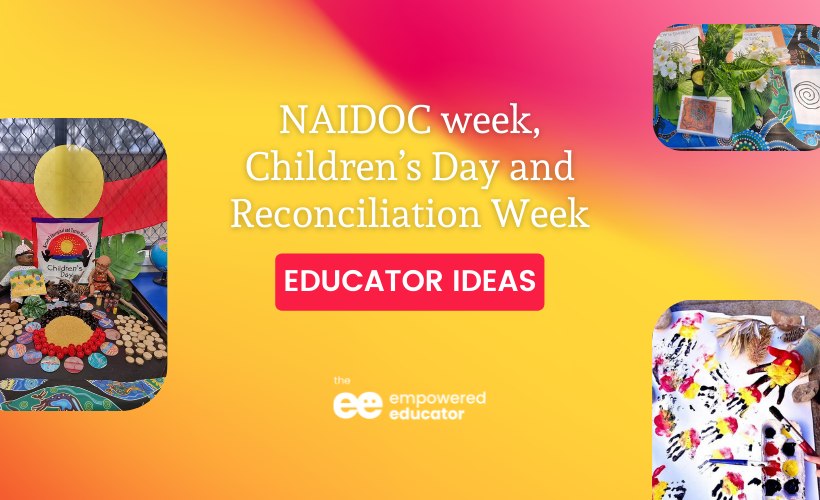
So it all quite often goes into the 'too hard' basket and we instead do the bare minimum and cross our fingers that that's good enough to tick some boxes.
But what if we instead celebrated these moments in our cultural calendar as an opportunity to be open to learning new perspectives and simply extend on what we already excel at as early childhood educators...supporting and extending the early education of young children.
So let's get real here for a moment Empowered Ed's...
Anything you can do to support the acknowledgement of Aboriginal and Torres Strait Islander history, culture and achievements with young children in your early education service is going to be valuable.
And yes that's so very important to get right - but it doesn't mean you are expected to be perfect.
I actually like to think of these significant events as special moments during the year that prompt us as educators and learners toward planning activities and experiences with the children that will lead to an increased focus, knowledge and awareness of our Indigenous peoples and their cultural perspectives...
...but our ultimate goal in early childhood should always be to keep our focus on ways to incorporate these activities, experiences, materials and resources into our everyday environments and programs when we can.
So, let's try not to overthink, second guess and end up doing nothing at all throughout the year until NAIDOC week because that's simply removing a valuable opportunity to embed cultural competence within our work and help our children to make important connections to culture and country.
I know that can be easier said than done and I'm certainly not judging educators in any way as I'm standing right there alongside you - I'm still hesitant and uncertain when writing blog posts or creating training for ed's in this area as I am definitely not an expert and that can hold me back.
But I'm learning everyday and I know that I'm committed to helping other educators by highlighting the wonderful work they do daily and the importance of taking small simple steps forward...instead of focusing only on 'what to do that's not tokenistic'...and doing nothing at all or just the bare minimum.
If you've been reading my blog for for awhile you'll know my favourite phrase to share with early childhood educators is 'Keep It Simple'... and I'm here to reassure you that this approach also applies when you prioritise creating and embedding a culturally safe, informed learning environment whether it's for NAIDOC day events or next week's program.
The overarching concept of incorporating, embedding and acknowledging the histories, cultures and languages of Aboriginal and Torres Strait Islander peoples, the First Australians, is certainly not simple...but how you approach, plan and make it fun for children can be and that means you'll be more likely to include simple, meaningful ways to embed Aboriginal perspectives throughout your day to day practice and programs instead of focusing on any hesitancy based perhaps on a lack of confidence or knowledge you might have in this area.
To help nurture your inspiration, confidence and motivation, I've included a list of SIMPLE, easy to try ideas that you can select from to invite playful learning, conversations and awareness across a broad range of early childhood services.
You'll also find a list of what I consider valuable online resources and experts in this area - I encourage you to visit them and connect with the relevant and helpful information they are sharing with us. We are always learning.
And if a little visual inspiration from other educators environments and planning is what you really need to begin confidently including cultural perspectives into your own program - whether it's for NAIDOC Week, Reconciliation Week, Aboriginal And Torres Strait Island Children’s Day...or just everyday, then keep scrolling because our Empowered Ed community are sharing their ideas with you!
Simple Actions That Help Embed Aboriginal Perspectives Throughout ECE Programs & Environments
Connect With Community ...
Visit local sites/events of cultural significance in your community - Get out and explore the opportunities in your local community and surrounds...bush tucker gardens, yarning circles, cultural centres, Aboriginal artwork & murals in public places, films, community smoking ceremonies and more...
If you can't get out and about take photos, video and/or audio to share with the children, bring in samples and contact those services to see if they have any educational materials that would be useful for your program.
In my local community Uncle Gilbert has been performing smoking ceremonies as we begin to rebuild after devastating floods and these moments provide valuable opportunities for learning...
In Uncle Gilbert's own words...
"I am going to heal your big building here,"
"The reason we do the smoking ceremony is to bless our old people, our ancestors and it's also to get rid of the badness we do not want and bring in all the goodness".
"That's what is going to happen when the smoke travels through your workplace, you don't want no bad energy in there no more."
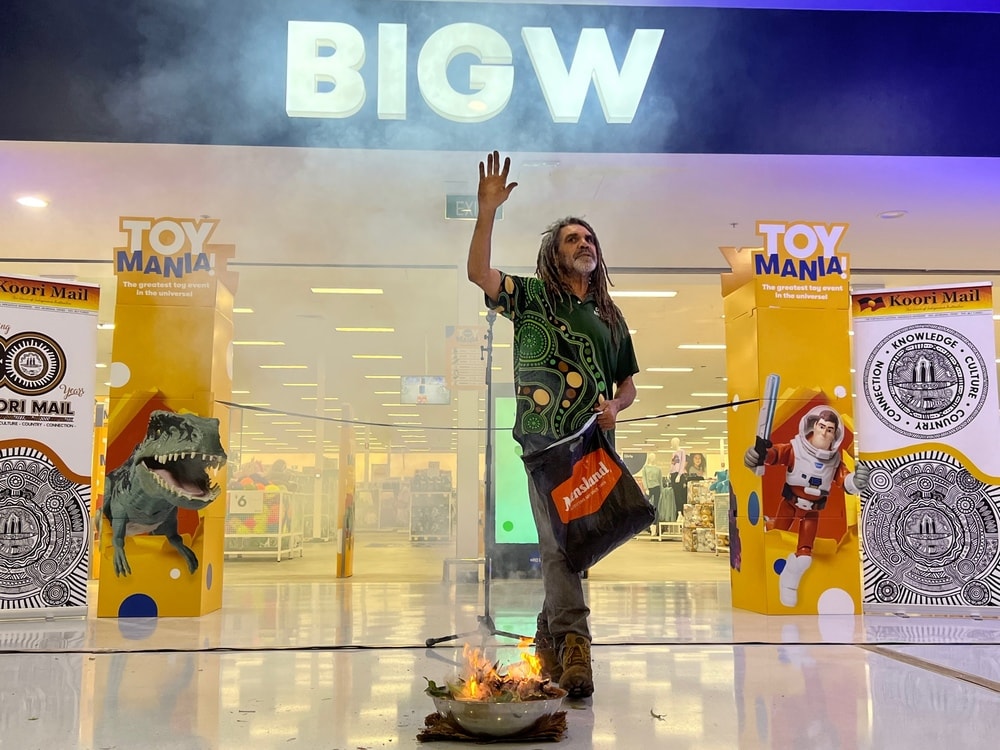
See A Smoking Cermony In Action...
An easy to understand and engaging video to help children learn more about a traditional Aboriginal Smoking Ceremony HERE, including all of the steps involved and the purpose behind each one.
What artwork might you find with the children on a walk around your local shops, schools and community places?
Widjabul Artist Sheldon Harrington under his beautiful artwork that can be seen as I enter my local, recently opened again, Big W (after flooding) with Uncle Albert. What story might it tell?
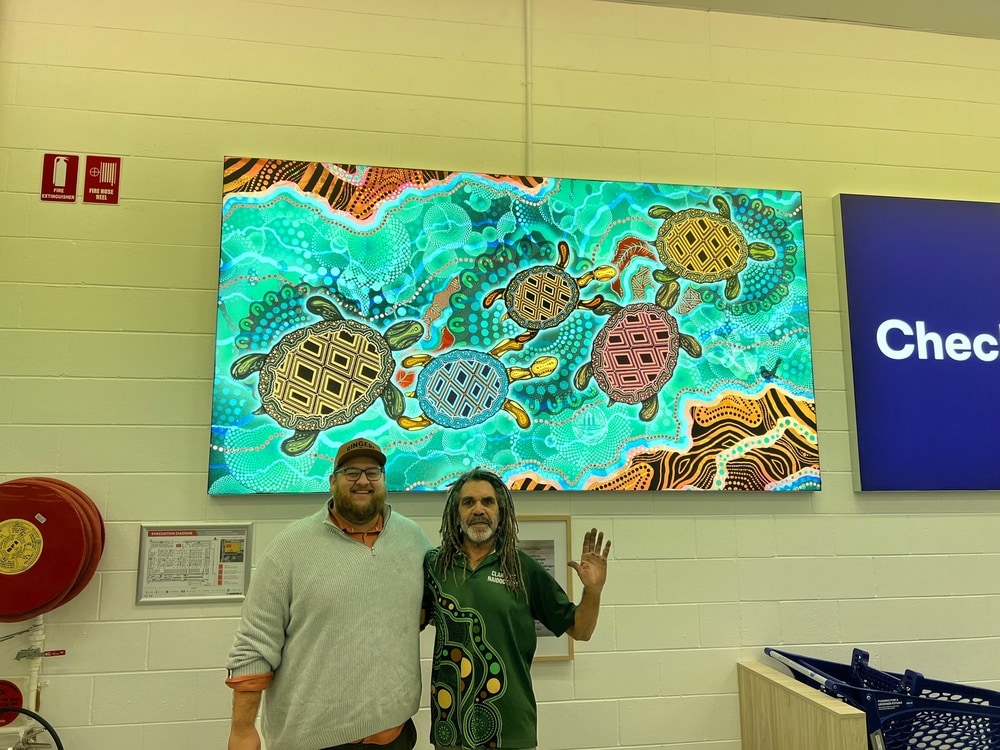
Learn From Family & Become Aware...
Create opportunities to encourage and support family members to be involved in sharing their customs and celebrations with your ECE service.
Don't make the mistake of assuming that there is only one kind of Aboriginal person or community within your local area. Indigenous communities throughout Australia have their own distinct history, politics, culture and linguistic experience.
Can your families contribute by advising you on setting up a display, translating some words the children are familiar with into local language, sharing a cultural item or story and it's significance, help with an art, crafting or cooking experience?
Build Relationships ...
Seek out opportunities and invite Aboriginal Elders of community to take part in incursions so they can share their local culture & practices - my twins are now 12 but they still recount stories of 'Arthur' who came to visit their Family Daycare every month and they learnt so much through the tales, art projects, dances and songs he shared with them when they were just 3!
In turn I learnt a lot from their tales and the knowledge they brought home with them to share again and again.
You could also plan a simple group project with the children to find out more about the traditional custodians of the land on which your Early Learning Centre, OOSH or Family Daycare stands and then create an Acknowledgement of Country to use within your program and during special events.
Invite Elders and kin from your community to take part in these celebrations or other significant events.
Symbols, Storytelling & Literacy...
Ensure children have access to self select from a diverse range of books throughout the early learning environment so they can explore differences in customs, cultures, foods, shelters and people.
The Koori Curriculum has a unique offering of books by Aboriginal and Torres Strait Islander and non-Indigenous authors based on culture, history, traditions and more that you'll want to browse HERE
You can also set up your environment, and program to encourage the use of traditional storytelling - a story told by you or the children without the need for books by incorporating easy access to a range of props, fingerplay songs and rhymes that also connect language to movement of the body.
Some of your props could include puppets, soft native animal plush toys, instruments, animal & people figurines, torches, clothing, material. Encourage children to tell their own stories using props they select.
Research the Traditional Custodians Of The Land where your service sits and any names, totems, symbols and hand signs in use. Tell stories using the symbols to help children understand their meaning. Explore together by using different symbols and images to represent familiar (simple) concepts and natural elements.
Our Bedtime Stories on ICTV online is a wonderful storytelling resource to share with children. There are 20 tales to play and "They present stories for children in language, using traditional storytelling techniques together with animation, music and film".
Hear, Listen & Learn...Share Other Voices
Invite an elder to your service to share some words from their local language and connect those words to common everyday tools, foods, locations and people that children are already familiar with and can relate to doing everyday. Write them down and display at child level near those objects and places. If you can't access a local elder do some research in your community library or cultural centre first.
Add Little Yarns to your audio collection so children can go "on a journey to a different Nation; to listen to the sounds of Country, share some language and have a little yarn". Little Yarns is a co-listening, ABC Kids listen podcast series for pre-schoolers - listen here.
Include audio visual opportunities into your program as a different way to learn and introduce children to new information explained directly from Aboriginal people (Because I know not all of us can access Elders or have made connections yet in our community - so don't let that stop you from 'hearing').
Watch an episode of Little J & Big Cuz on NITV (SBS) here and explore the 'Educators' tab here for preschool & primary resources to download that give you links to core learning outcomes and relevant resources for each episode.
Hear three Aboriginal dreamtime stories from Brendan Mitchell, a Marrawarra/Barkindji man HERE. He yarns about the story of how the Koala became the Koala, the Migrating Whale and the modern story of how the Harbour Bridge was created.
Value The Visual In Your Environments ...
Ensure your environments and the materials you use daily create an inclusive space for your local Aboriginal families and children...but also provide valuable opportunities for other families and children to connect and learn more about local traditions and culture.
Reflect on whether some of your posters, photos and displays of learning include Aboriginal children, families and land from your local areas...meaningful visuals rather than only generic 'Aboriginal' items found in an expensive catalogue (you can of course include both - just be aware of the difference!).
Are you also including contemporary Aboriginal or Torres Strait Islander people in diverse fields such as sport, art, dance, theatre, health or government that young children can connect with readily?
Cultural Creativity ...
It's so easy to ensure that at the very least you provide paper, cardboard, crayons, pens, paint and other craft items in different skin tones. You can also do the same thing with your choice of clay and playdough materials. But you can also go beyond the obvious by extending opportunities for creative self expression and child led learning outcomes
When it comes to children's interests - Can you incorporate real examples (from different areas of the country) of Aboriginal arts, crafts and the materials used to make them within your environment and make space in your program for children to learn how to make these using traditional techniques and tools as a way to build on their interests?
Could you slow down your program and focus on just this one project for a few weeks so there is plenty of time to ignite curiosity sparks and the children's voices as you explore art mediums and new skills discovered through access to the internet, books, images, community connections, questions asked and conversations started? What might that look like in your ECE service?
We really enjoyed (and learnt alot!) from watching a Youtube video by Graham Toomey on Australian Aboriginal Culture For Kids. Listen as Graham explains culture for young kids including how to make a boomerang, clapsticks, woomerra, coolamon, stone tools and much more. There is something here for 2 year olds through to school age - just pick out a little section at a time to play - younger attention spans won't last the whole video in one go (make sure to watch the water bottle!)
There are many possibilities to extend learning and creative self expression just from the information in this 1 video and you don't have to fit it all into just 1 weekly program by the way!
Make It Real...
Instead of just relying only on expensive plastic or wooden role play items in home corner to add culture and diversity, get real with active hands on learning experiences for children of all ages using food.
You could experiment with local bush tucker ingredients and recipes, draw recipes and take photos to display for families to try at home, taste local foods and use technology, visuals and community to explore together different traditional cooking methods, the equipment used and the ingredients and meat that could be sourced in the local area.
Research and recreate some traditional Aboriginal children's games...here's some inspiration to get you started...
Take a look at this Wurundjeri traditional games day...Over 100 participants were shown how to throw a reed spear, a boomerang, play marrngrook, and dance up Country.
And This Yulunga Traditional Indigenous Games video...it's a Sport Australia resource which preserves and promotes more than 100 traditional Indigenous Australian games and activities. What could you play this week?
Nature & Connection To Country
Learning outdoors, teaching children ways they can respect the world around them and bringing nature inside has always been a huge part of my programs and regularly inform the way I set up my play environments and experiences - as it is for many educators, but we can all aim to be a little more intentional with the learning and connections that we can foster when engaging with nature and living or non living things in our environment.
And connecting to nature and country never needs to be complicated! We can observe and talk about native trees, animals and flora and investigate ways they have been used/still used by Aboriginal people and even in the children's own homes... right now we have a collection of magpie feathers that have been left in our yard by our family of Magpies that have lived peacefully with us for the past 4 years, a vase filled with flowering wattles, a photo of a koala who recently came to visit one of our gum trees and nesting materials now in the bottom of our self watering pots hanging on the verandah that the fairy wrens have made their home. Small things, but we had to take the time to notice them first. Help children to notice the small things in nature and make those connections too.
Turn children's 'curiosity sparks', observations and questions about native animals, plants, bugs and insects into an exploration of lifecycles, growing and nurturing.
Paint with mud, create opportunities for children to gather 'food' to incorporate into play (gumnuts, stones, sticks etc), provide sticks and branches with leaves to build shelters, squeeze sap from flowers like wattles to draw with or make marks on rocks, grow and pick native to your area bush foods, vegetables and herbs.
Provide open ended natural and recycled materials for children to build habitats for small living things like lizards, frogs, bees, fairy wrens, insects in their outdoor areas, become outdoor investigators to try and find signs that little creatures have been active in the area (poop, prints, claw marks on tree bark...our resident Koala leaves some very telltale signs!)
Learn about Aboriginal seasonal knowledge, how elements of nature were/are used to create artworks or in dance. Did you know that Australia's Indigenous cultures had completely different seasons, each designed around local weather conditions? Learn more in this short video from BTN - lots to extend on after watching!
So now you have some ideas to reflect on...let's take a look at some real early learning environments and how educators in our Empowered Ed community have setup or incorporated Aboriginal perspectives into their environments and program for NAIDOC week and other important events...
Setup & Activity Ideas For NAIDOC Week And Everyday Environments
We have had so many of our Empowered Educators share some of the amazing ways that they have incorporated these occasions into their early learning environments and they were just too good not to share!

NAIDOC WEEK
NAIDOC Week celebrates the history, culture and achievements of Aboriginal and Torres Strait Islander peoples. NAIDOC Week is celebrated by all Australians and is a fantastic prompt and opportunity to learn more about Aboriginal and Torres Strait Islander communities.
NAIDOC Week is usually held in the first week (a Sunday to Sunday) of July that incorporates the second Friday – which historically was celebrated as 'National Aboriginal Day'.
The NAIDOC website is a great resource for educators.
To inspire action and outside the box thinking, take a look at how some of the past setups, provocations, resources and materials have been brought together from educators in our Empowered Ed Facebook group community to invite conversations, investigations and a greater awareness of Aboriginal perspectives and culture.
My Happy Nest Family Daycare celebrated NAIDOC week with a simple integrated playdough activity to stimulate children’s creativity, concentration skills, and strengthening hand muscles.
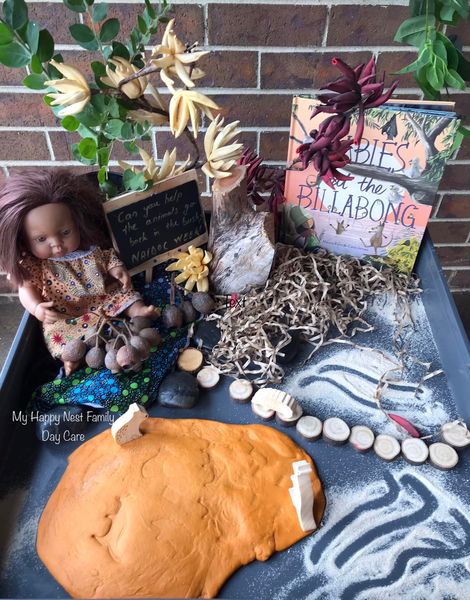
Sai Family Daycare shared some of their past NAIDOC week ideas with us.
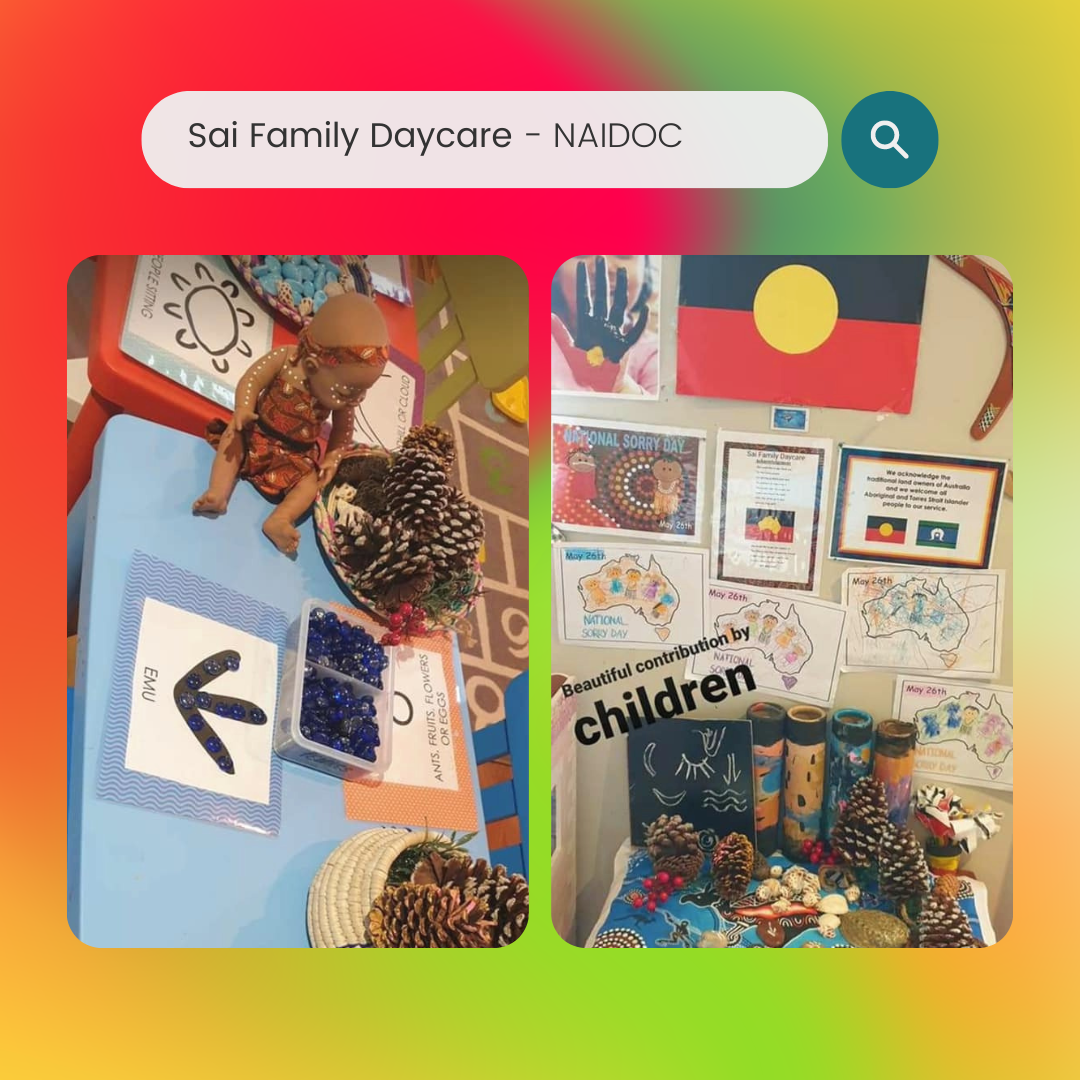
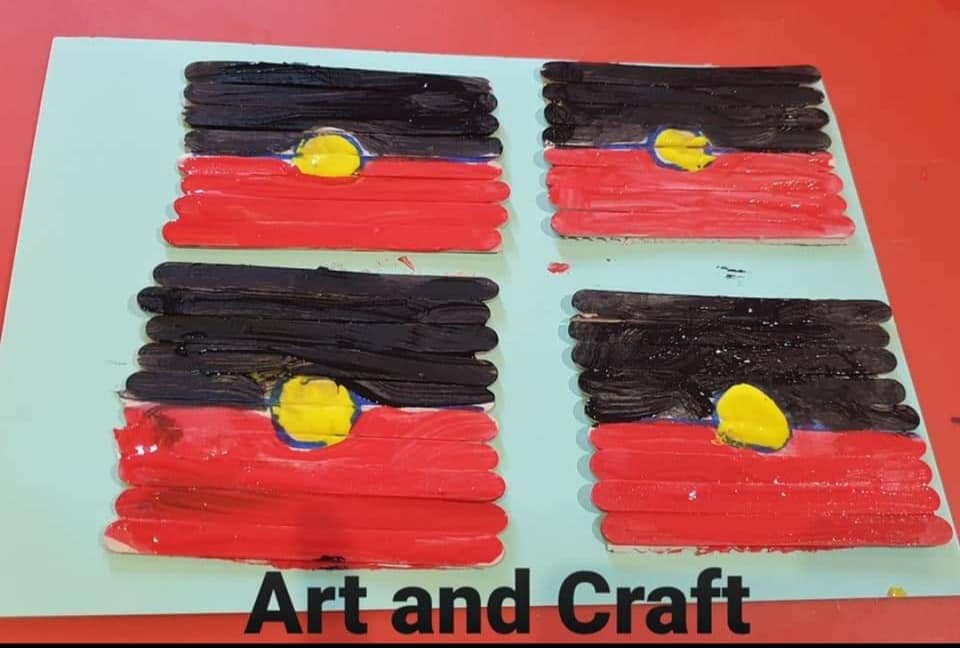
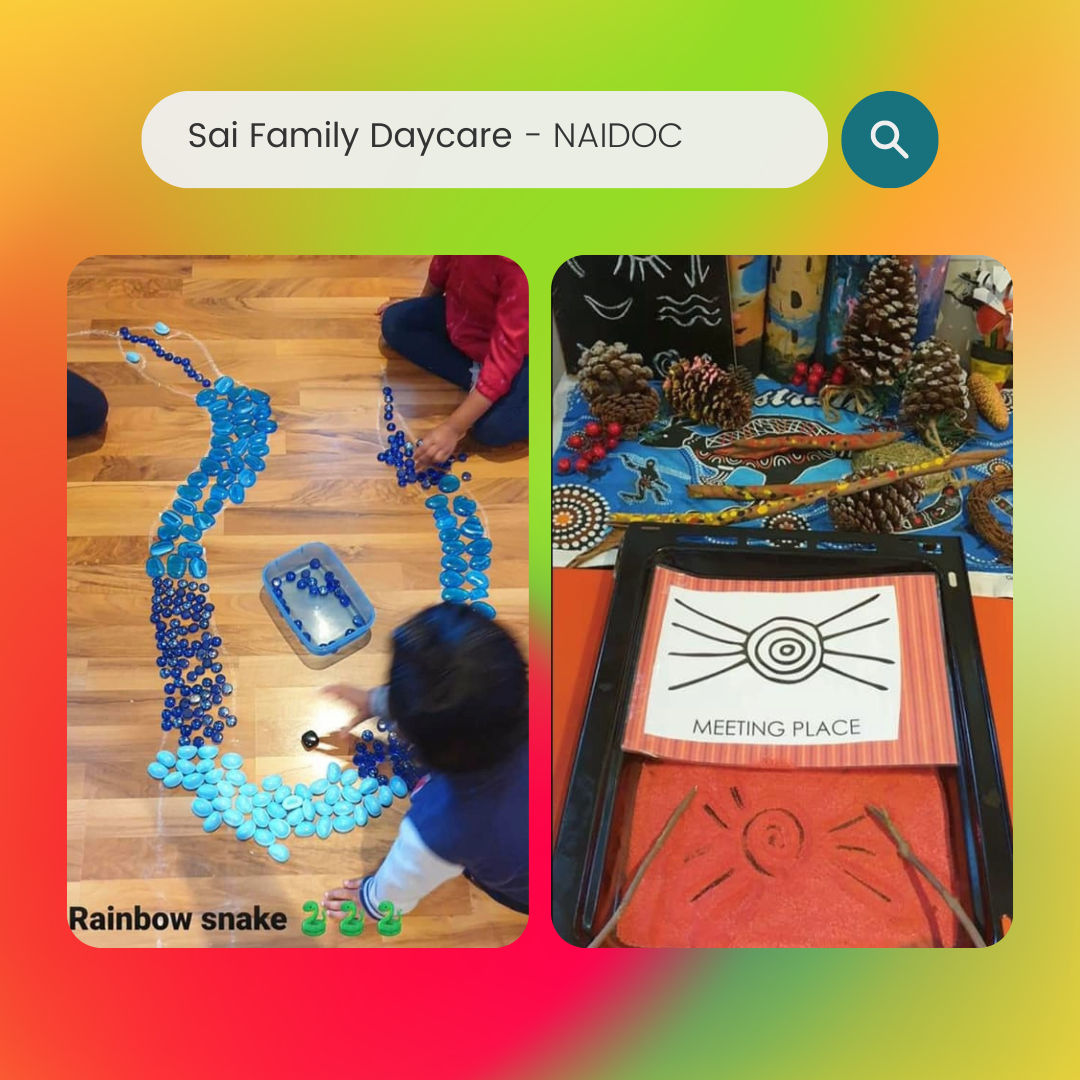
Kay shared this lovely shared artwork focusing on making Warnayarra, the rainbow snake
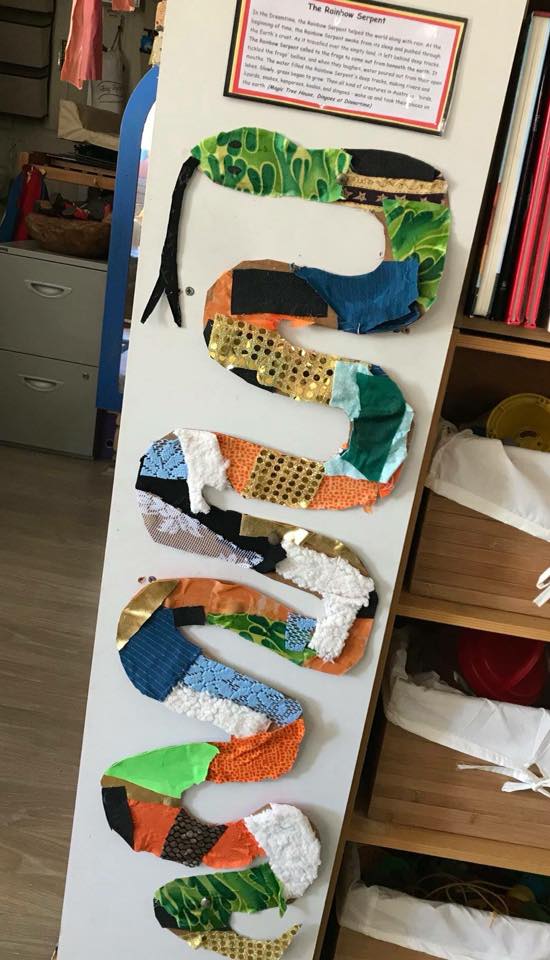
Sriya’s Early Education and Care shared some of her previous NAIDOC week setups and displays.
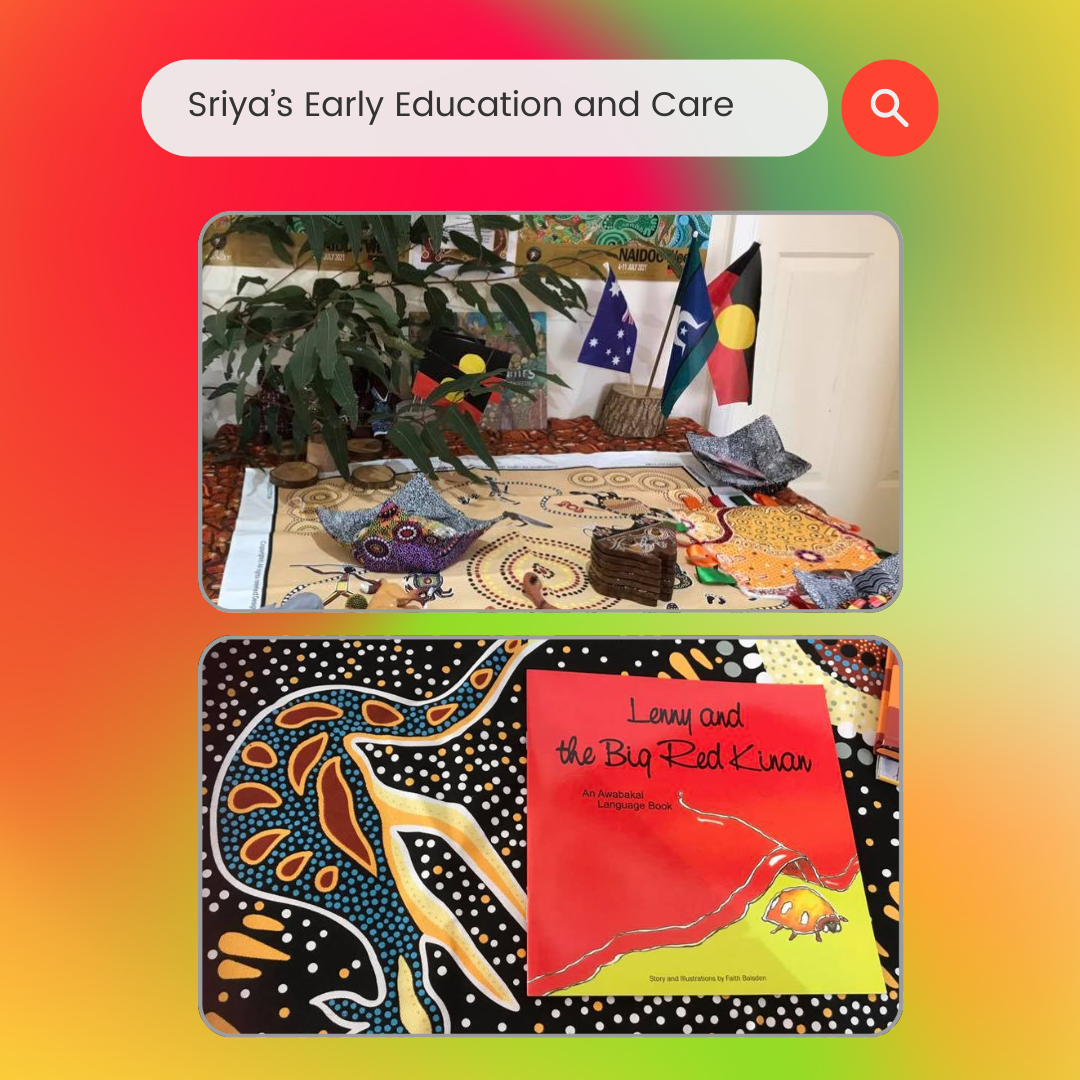
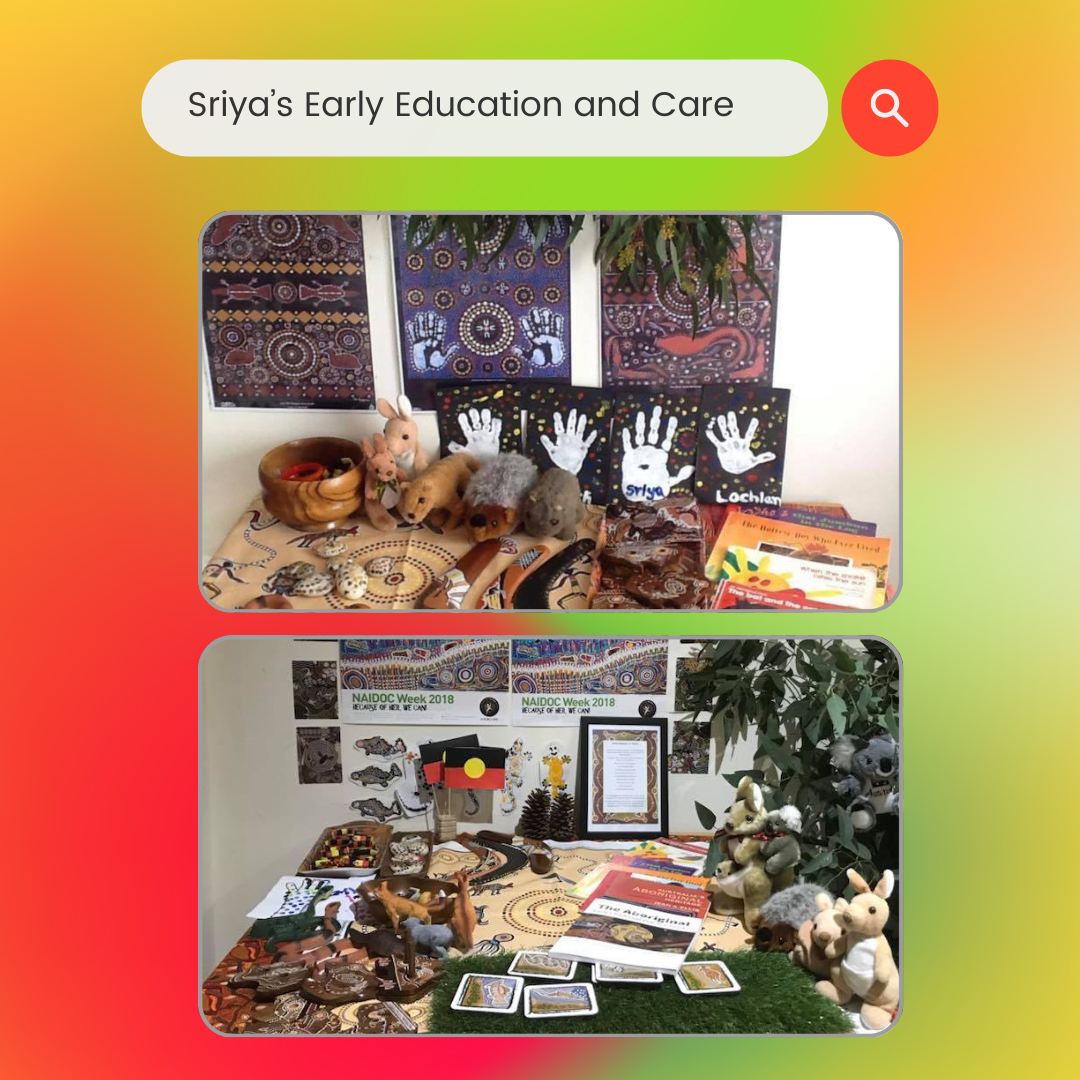
Little Mini Lighthouse Daycare has shared some of her provocations with us too.
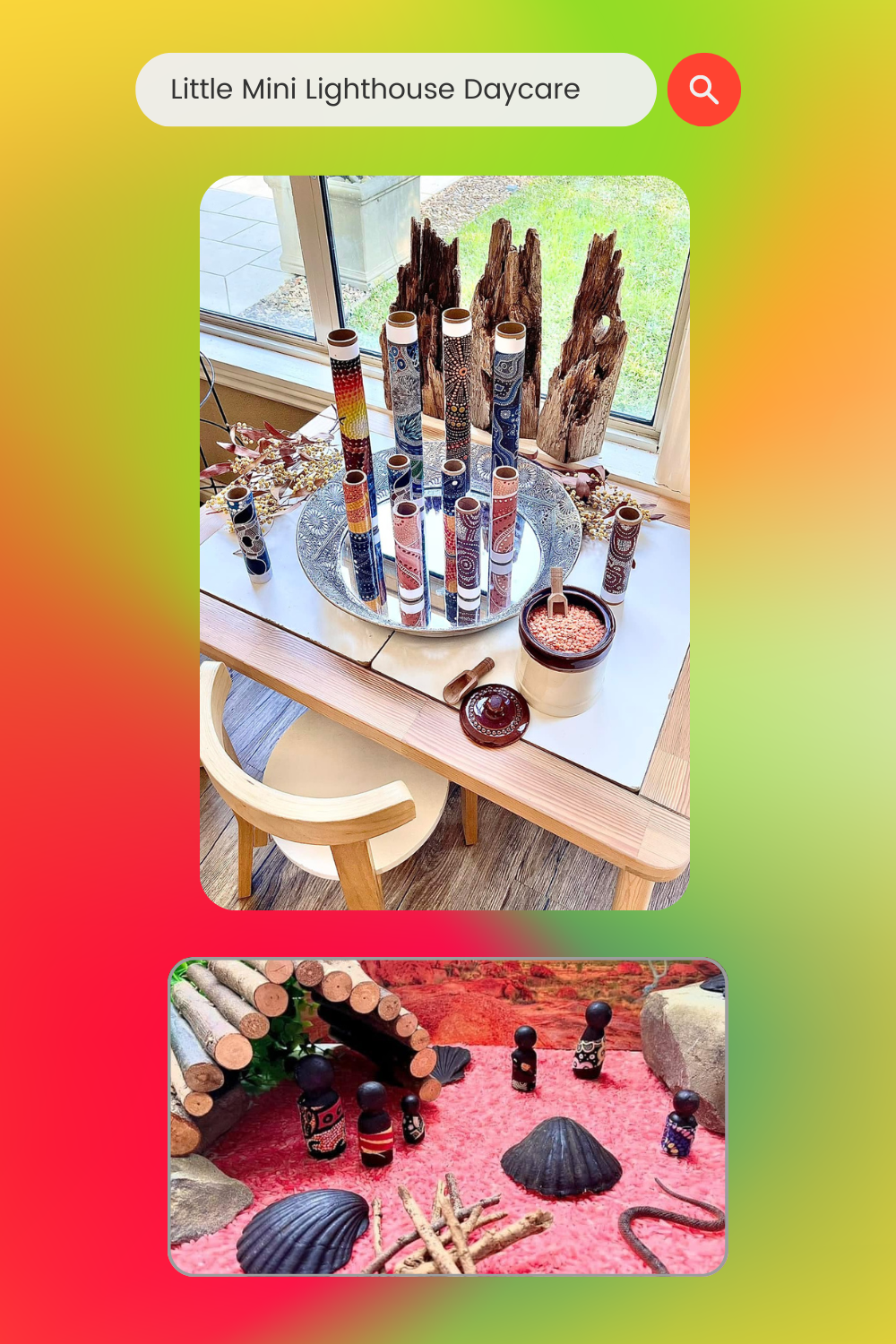
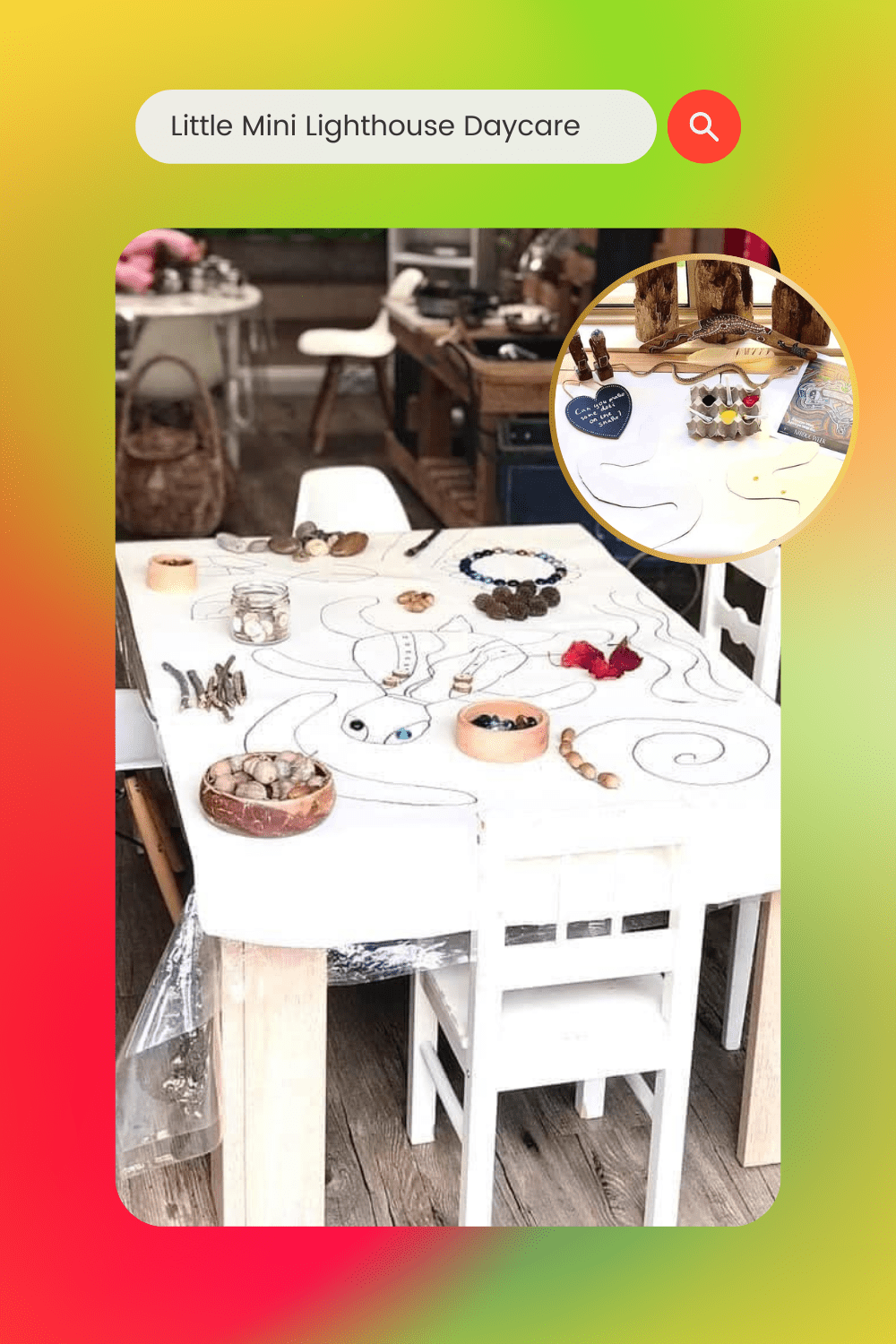
We love these NAIDOC week ideas from Rytham Family Daycare
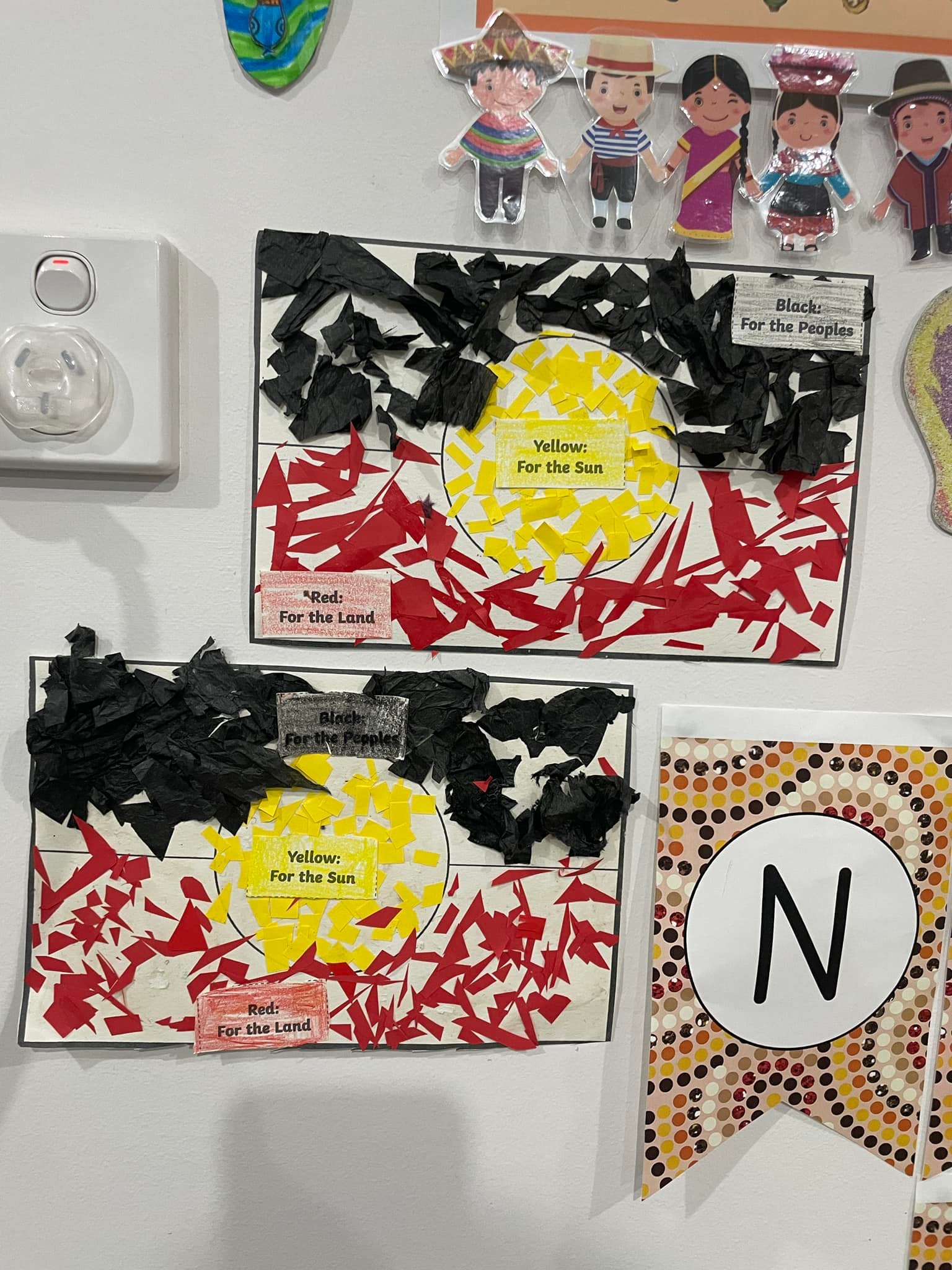
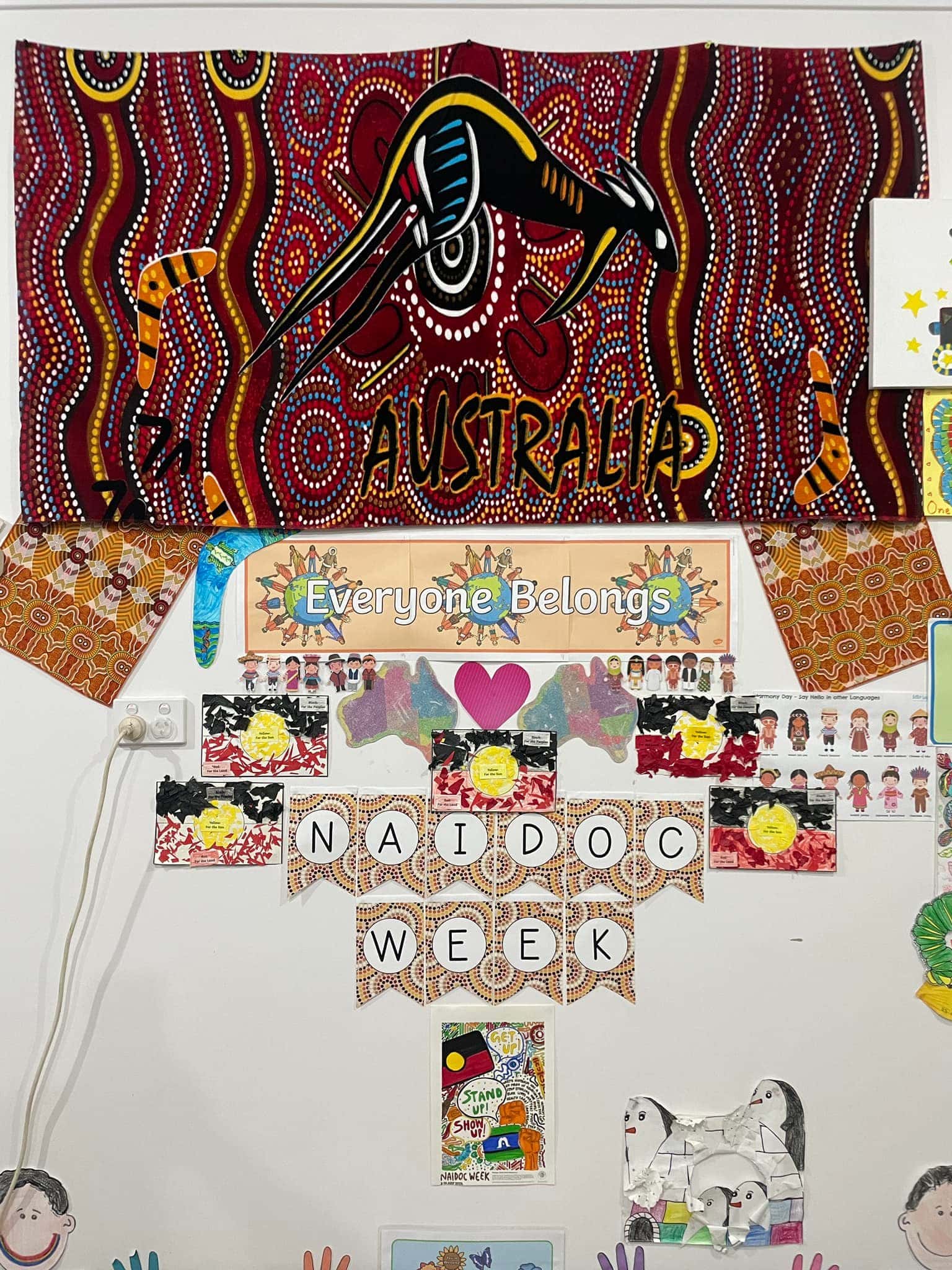
Aboriginal And Torres Strait Island Children’s Day
National Aboriginal and Torres Strait Islander Children’s Day (Children’s Day) is our national day dedicated to celebrating our children. Children’s Day is celebrated across the country each year on 4 August.
I recommend visiting the official Children’s Day website to learn more about the day and to access educational resources.
Take a look at some of the ways Empowered Educators have celebrated and acknowledged Children’s Day.
We always love the way Sai Family Daycare celebrate Children’s Day. These are a few of her ideas:
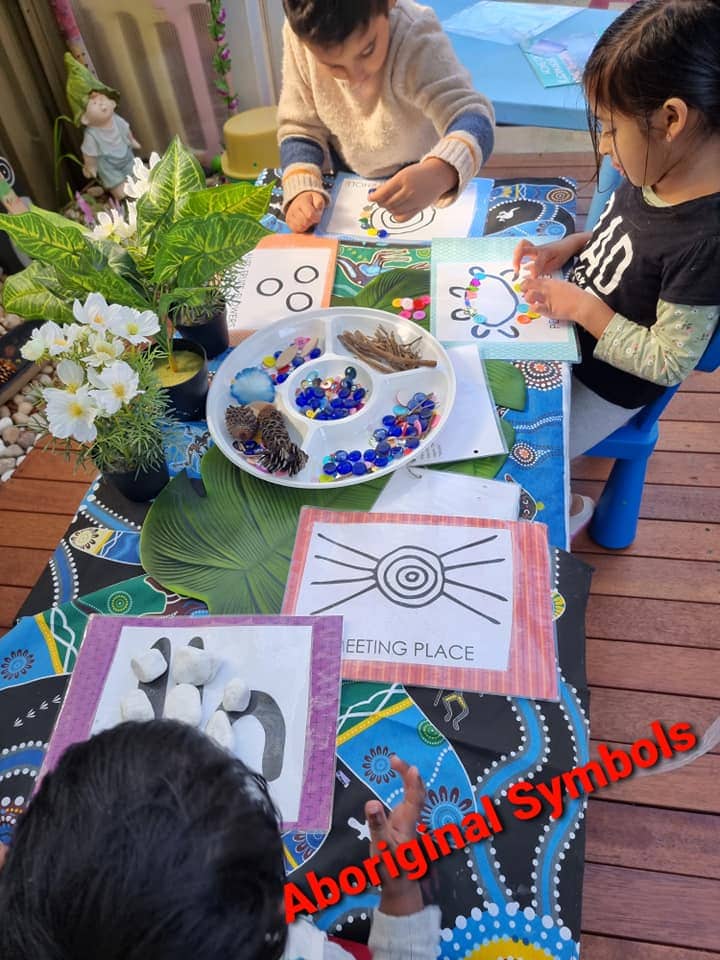
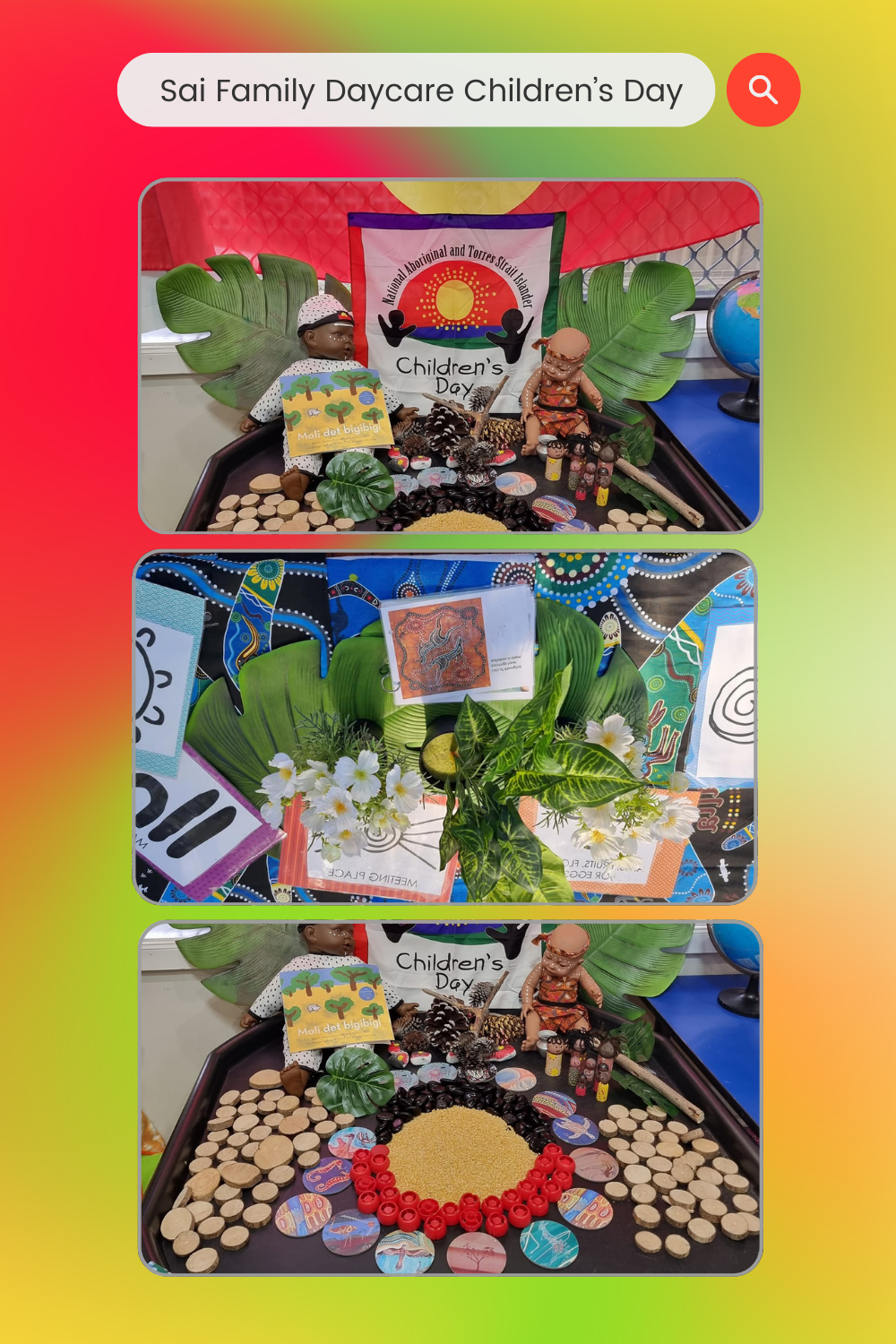
A lovely display shared by Rytham Family DAY CARE
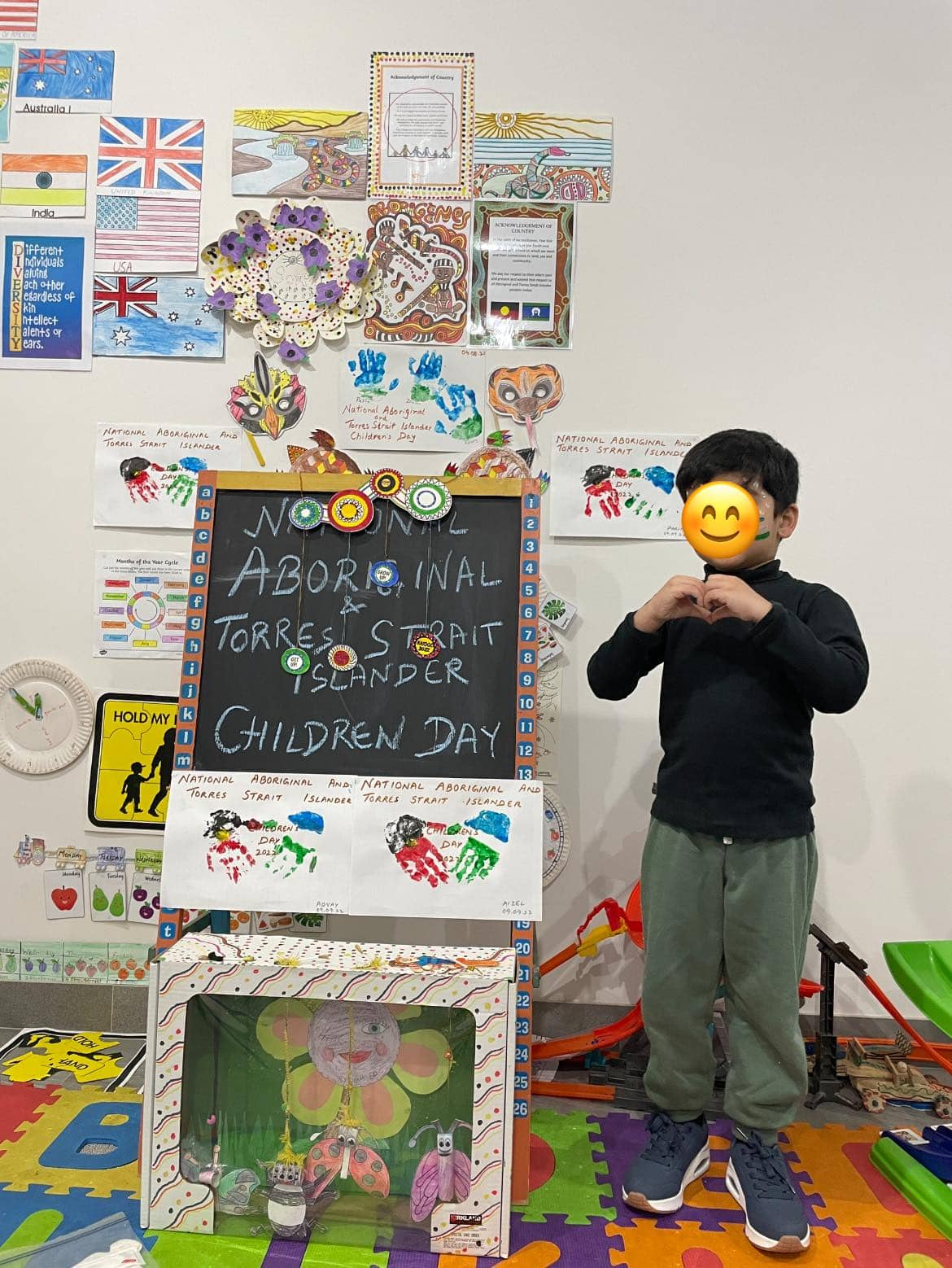
Little Mini Lighthouse Family Day Care once again had a beautiful engaging setup for Children’s Day
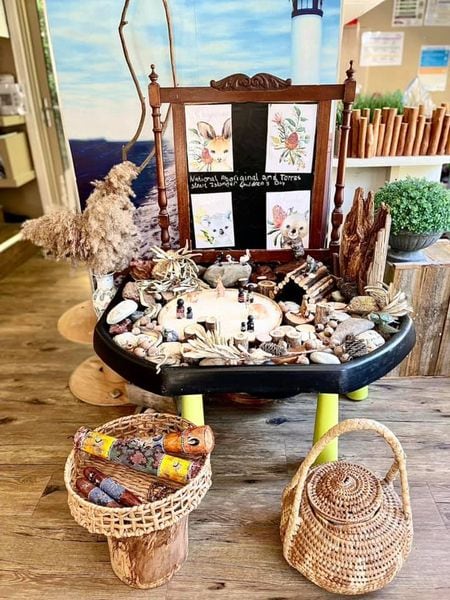
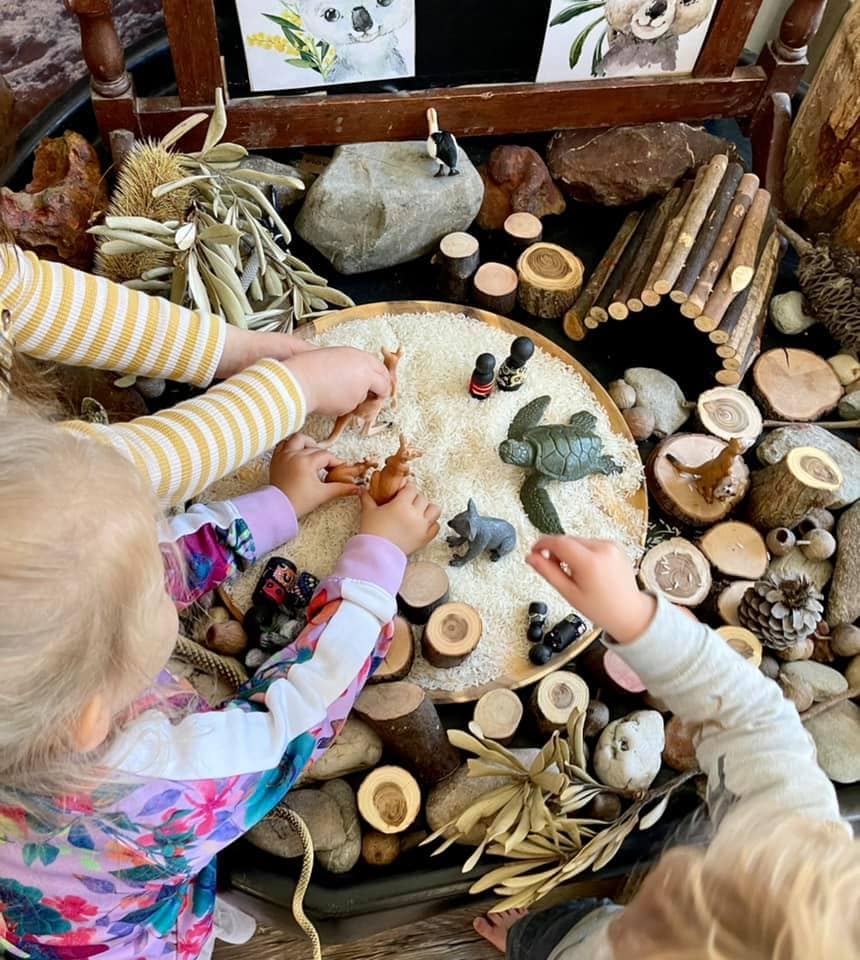
For Aboriginal and Torres Straight Islander Children’s Day at Little Natures Family Day Care 𝑚𝑎𝑑𝑒 𝑛𝑎𝑡𝑢𝑟𝑒 𝑏𝑟𝑎𝑐𝑒𝑙𝑒𝑡𝑠 𝑢𝑠𝑖𝑛𝑔 𝑟𝑒𝑐𝑦𝑐𝑙𝑒𝑑 𝑐𝑎𝑟𝑑𝑏𝑜𝑎𝑟𝑑, 𝑑𝑟𝑖𝑒𝑑 𝑙𝑒𝑎𝑣𝑒𝑠, 𝑤𝑜𝑜𝑑 𝑐ℎ𝑖𝑝𝑠, 𝑠𝑡𝑖𝑐𝑘𝑠, 𝑠𝑒𝑒𝑑𝑠 𝑎𝑛𝑑 𝑔𝑙𝑢𝑒.
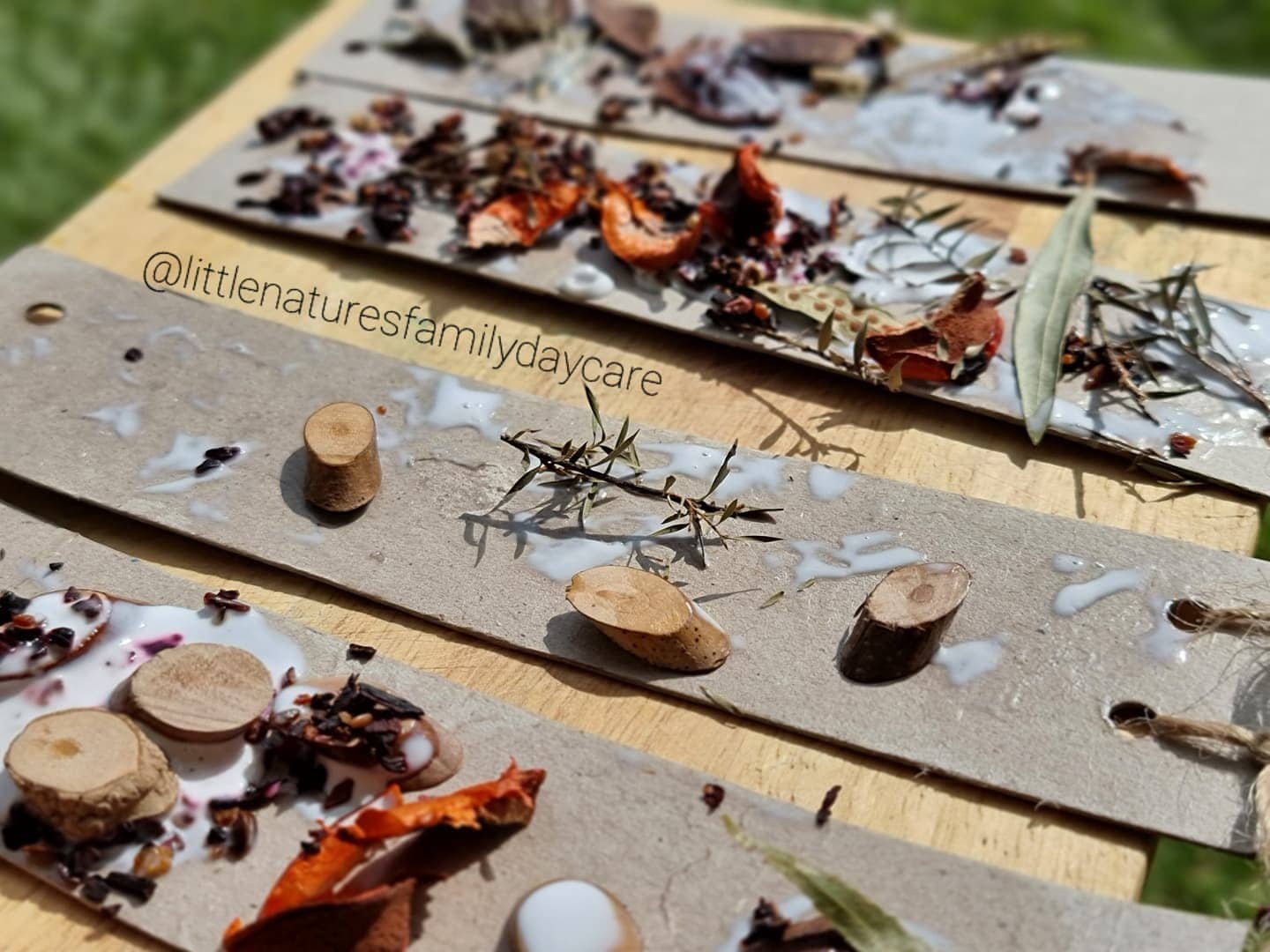
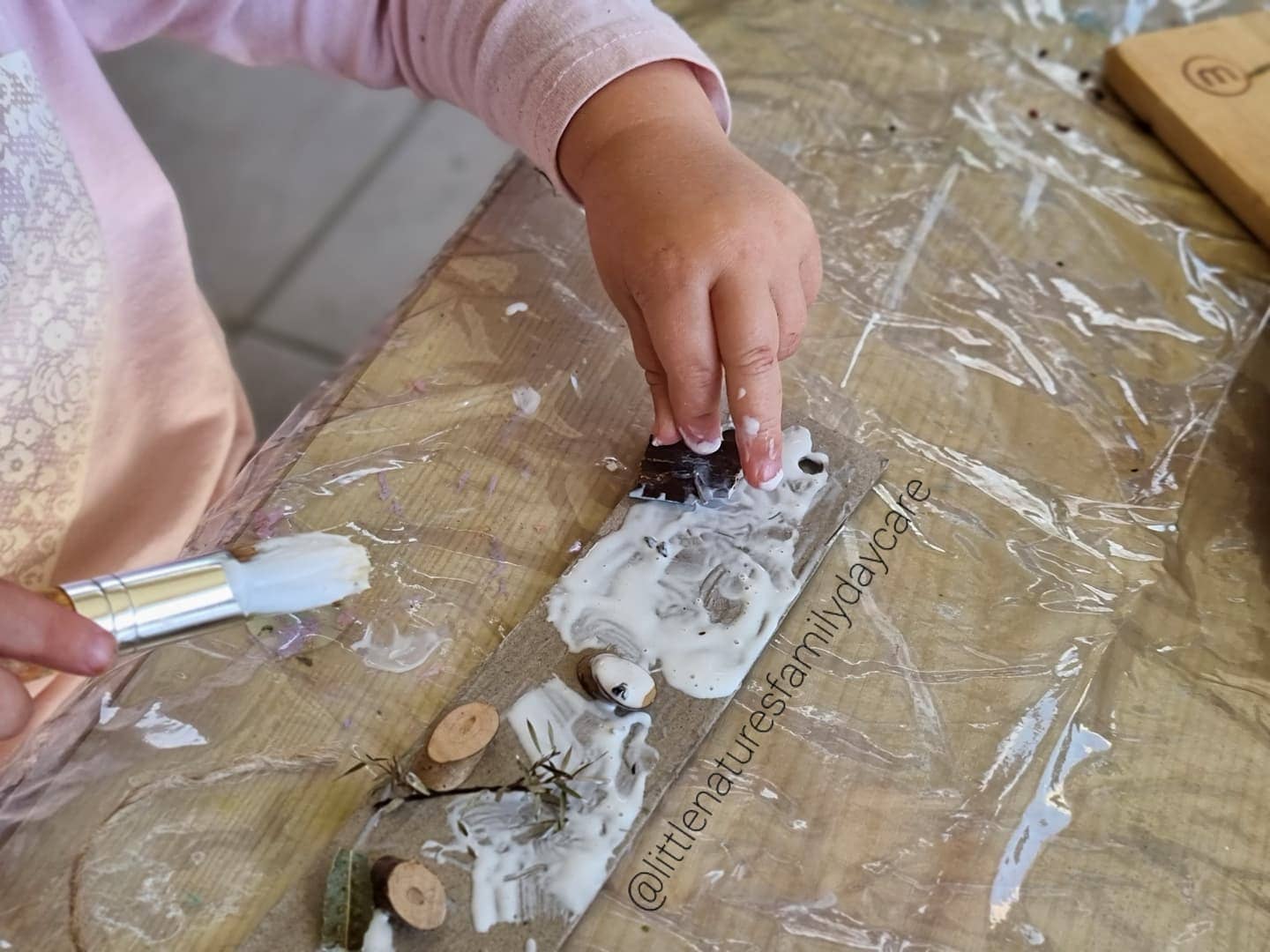
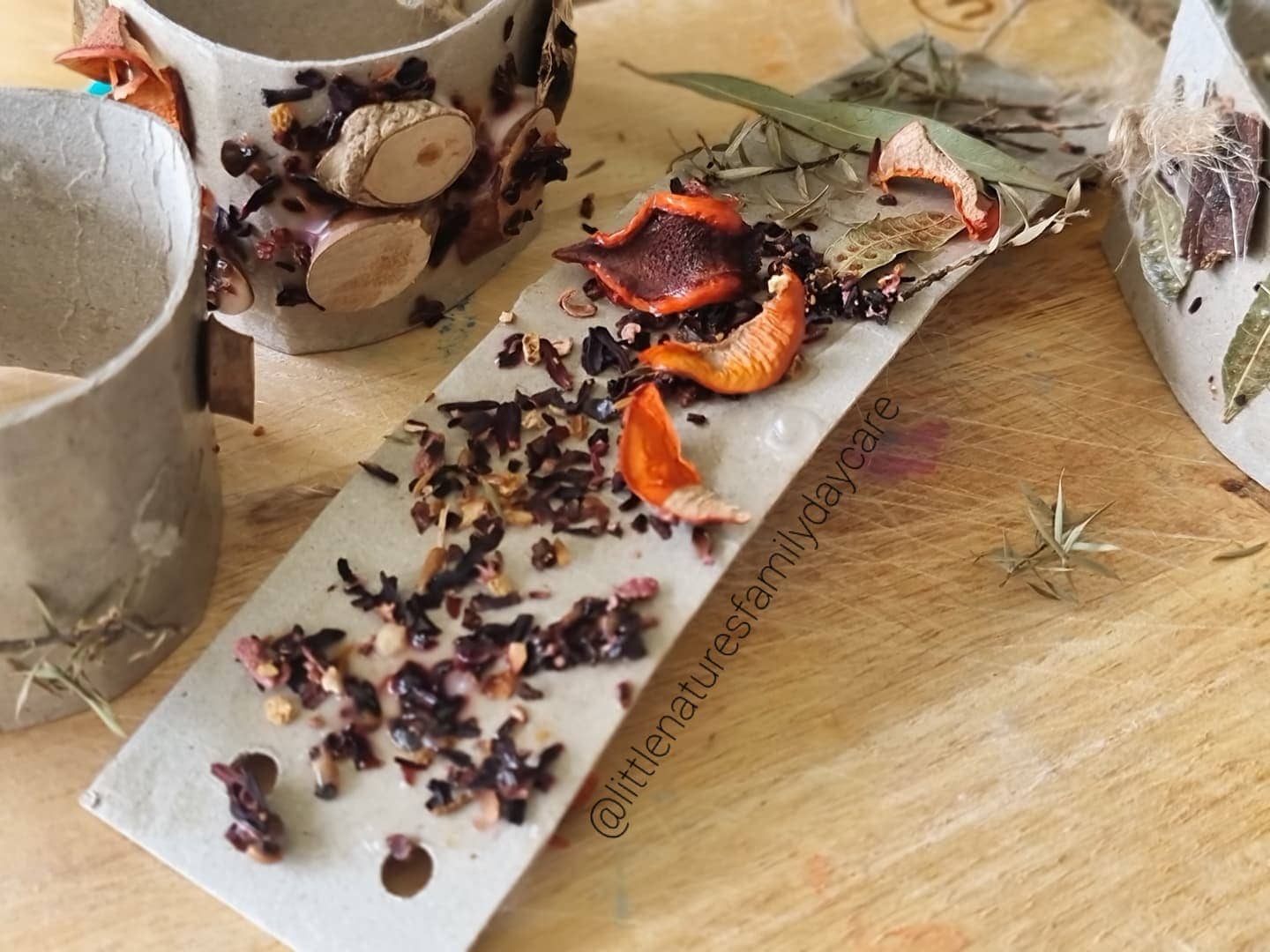
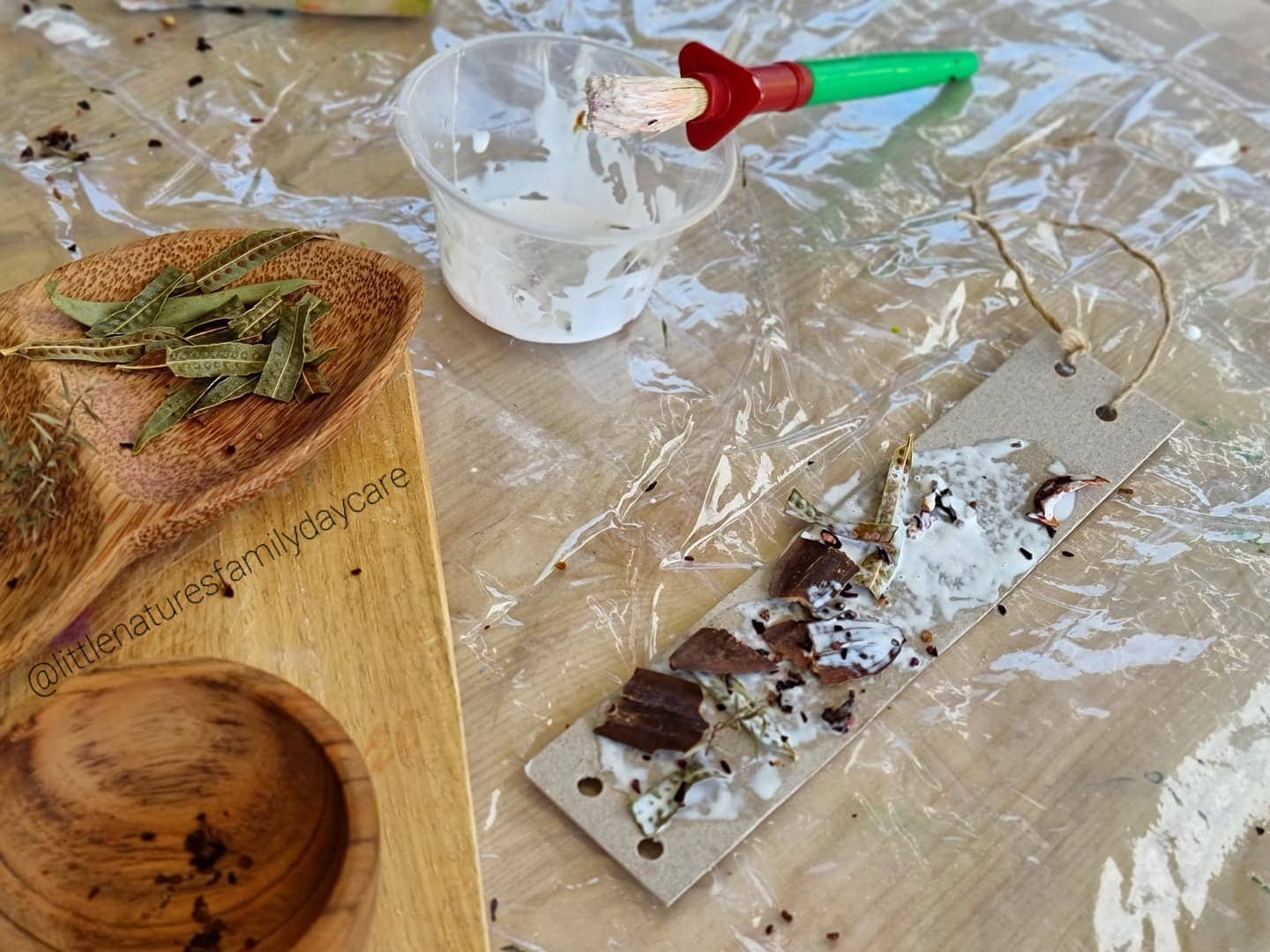
Reconciliation Week
National Reconciliation Week (NRW) is a time for all Australians to learn about our shared histories, cultures, and achievements, and to explore how each of us can contribute to achieving reconciliation in Australia.
The dates for NRW remain the same each year; 27 May to 3 June. These dates commemorate two significant milestones in the reconciliation journey— the successful 1967 referendum, and the High Court Mabo decision respectively.
The National Reconciliation Week website is where you can learn more abou the history of the week.
Empowered Educators learning about National Reconciliation Week with the children:
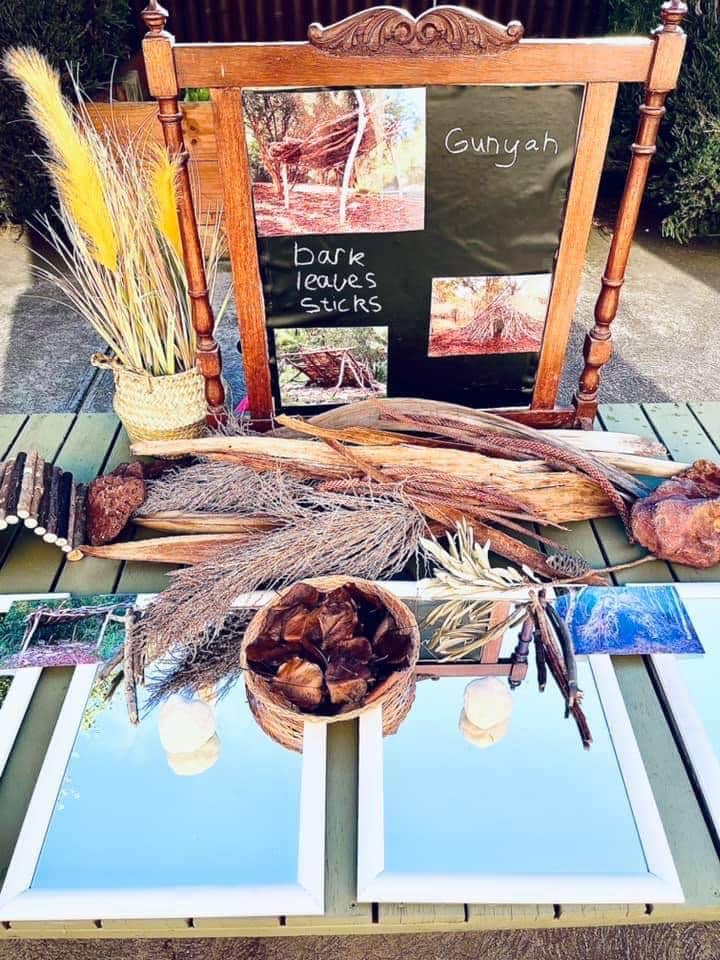
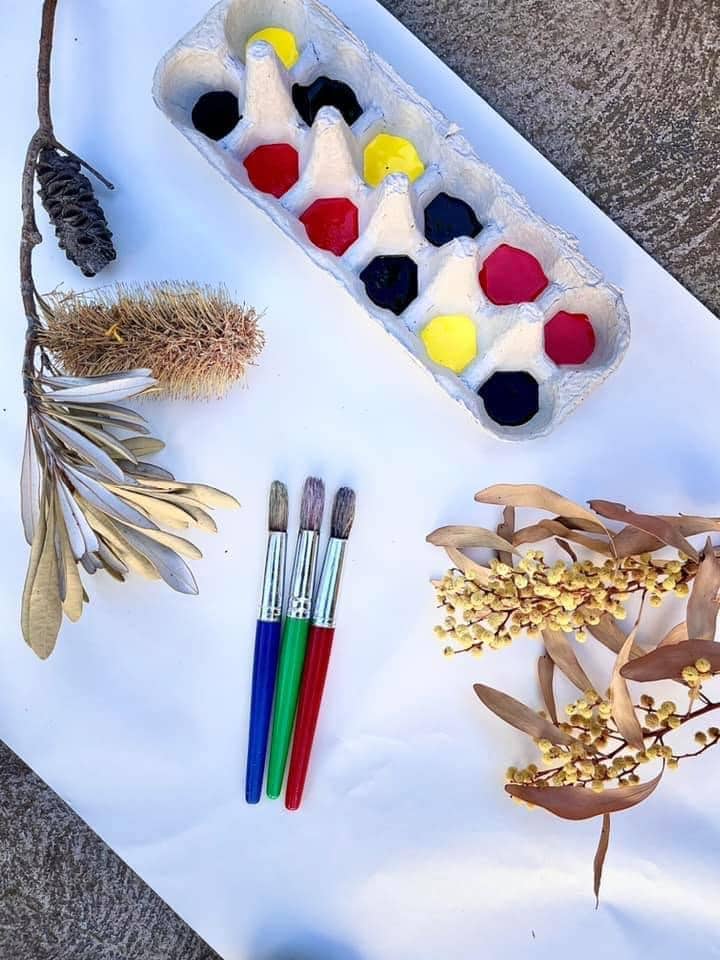
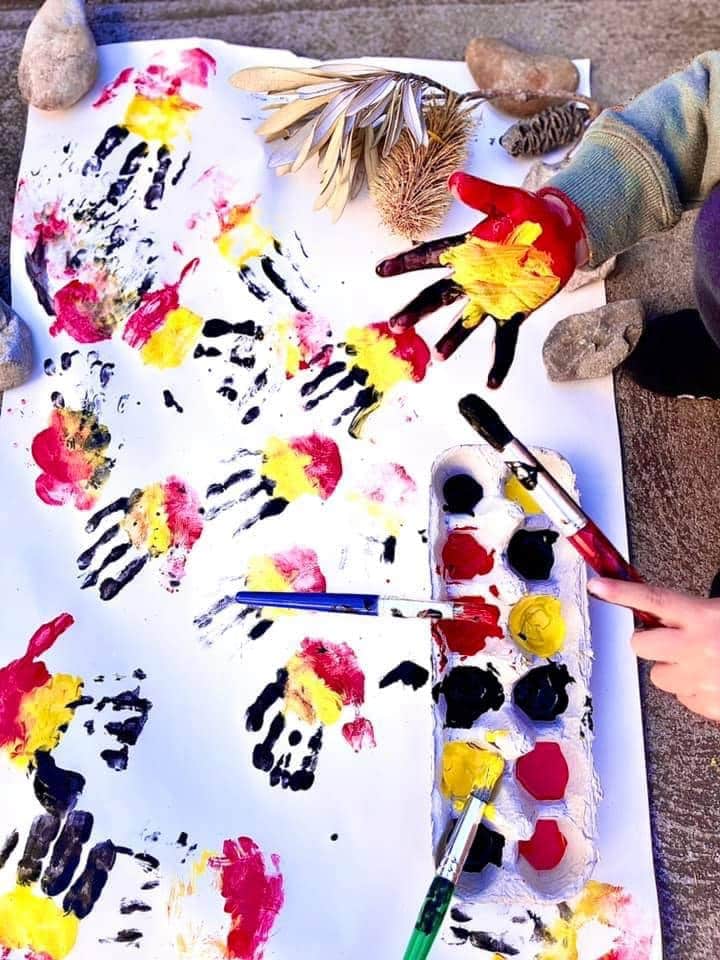
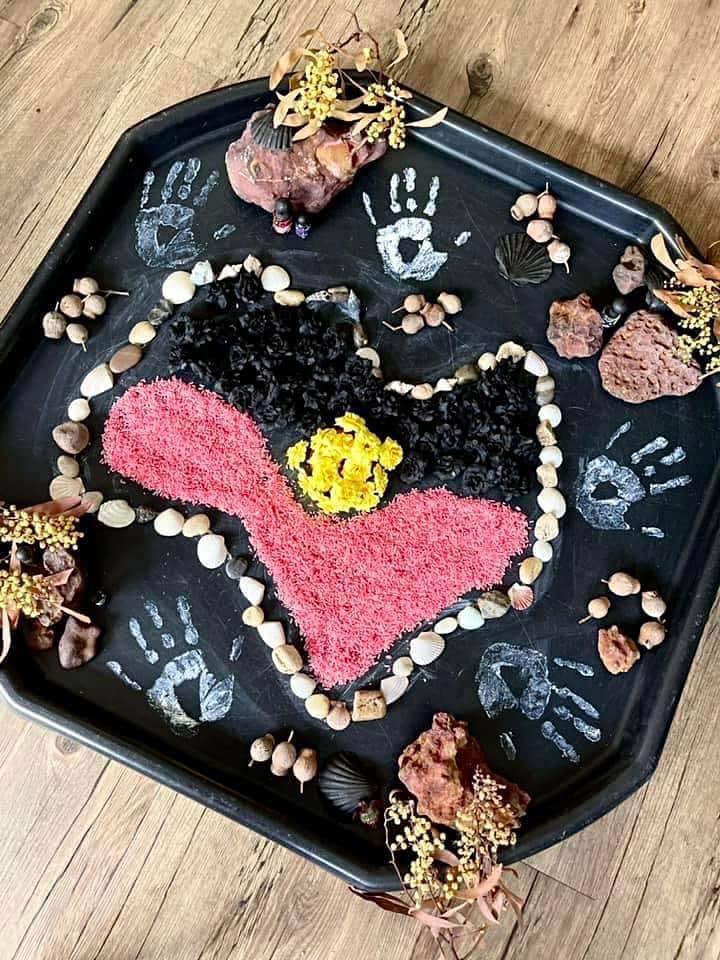
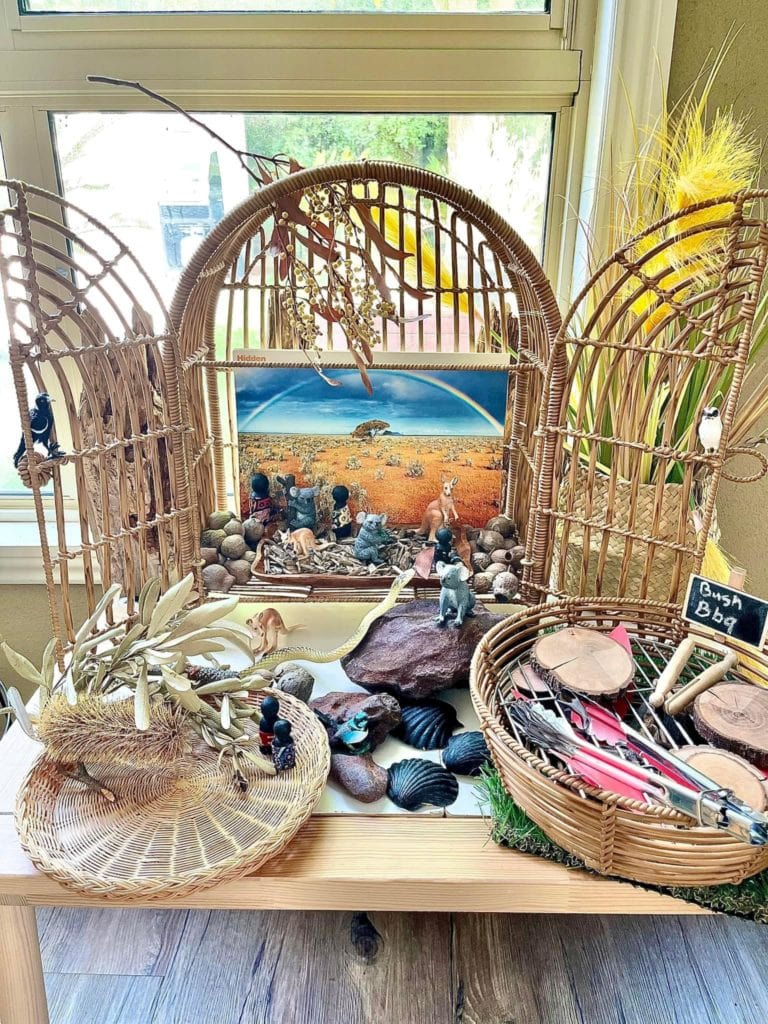
Little Natures Family Day Care focused on Australian Animals, Indigenous art, Dreaming and Story Stones.
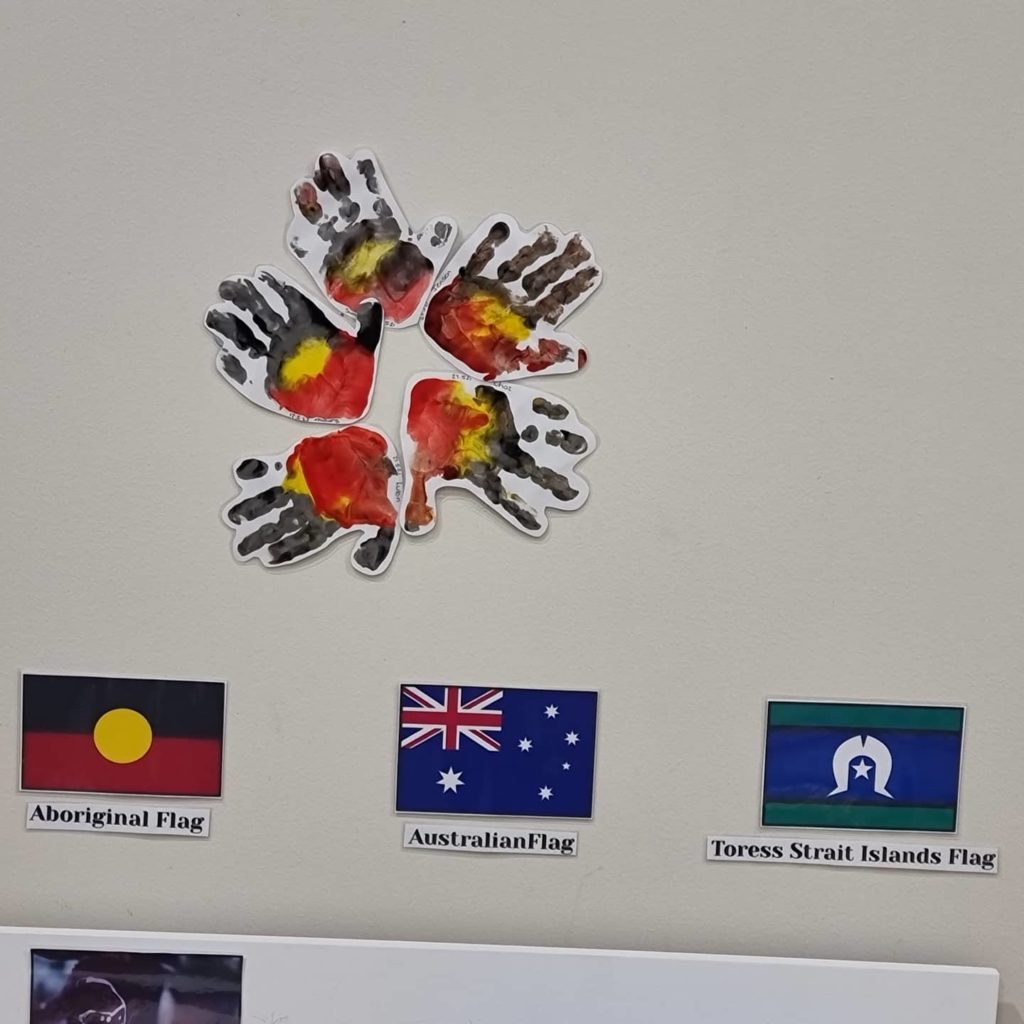
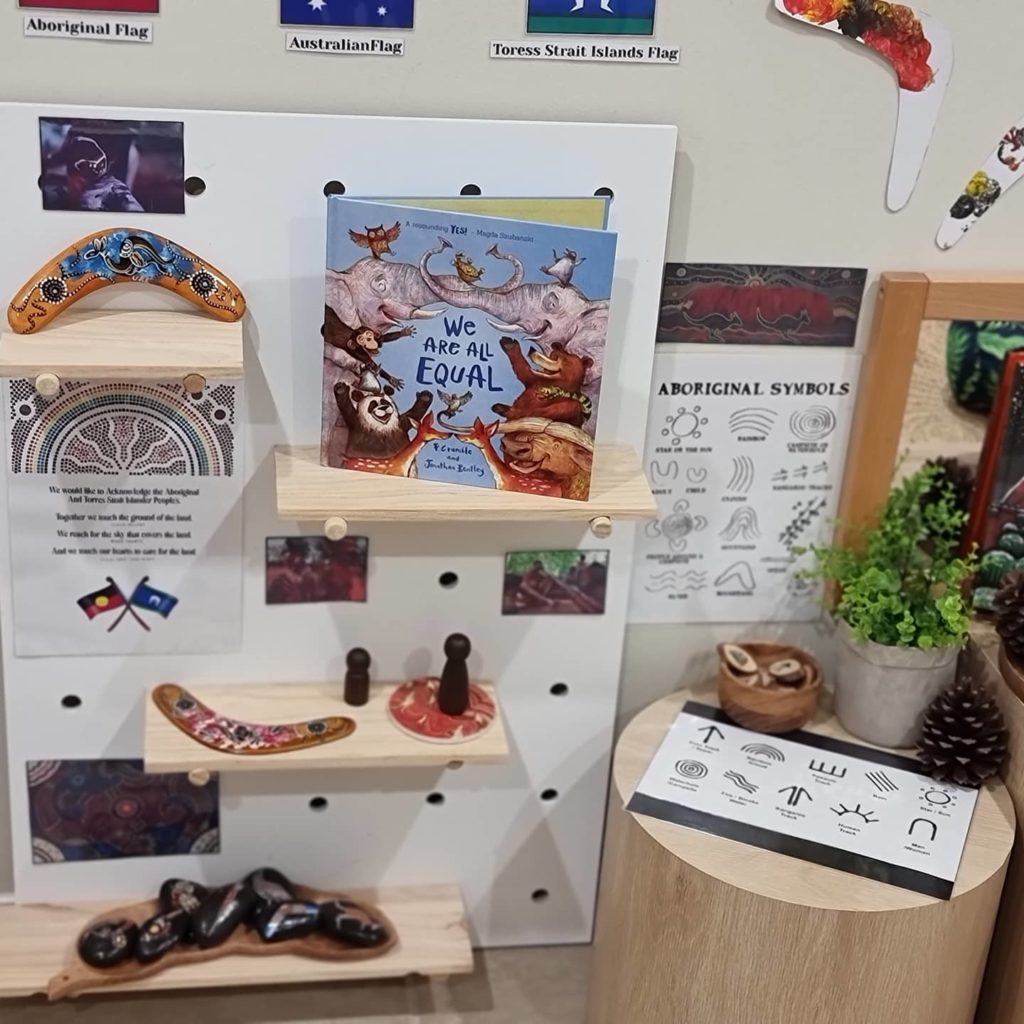
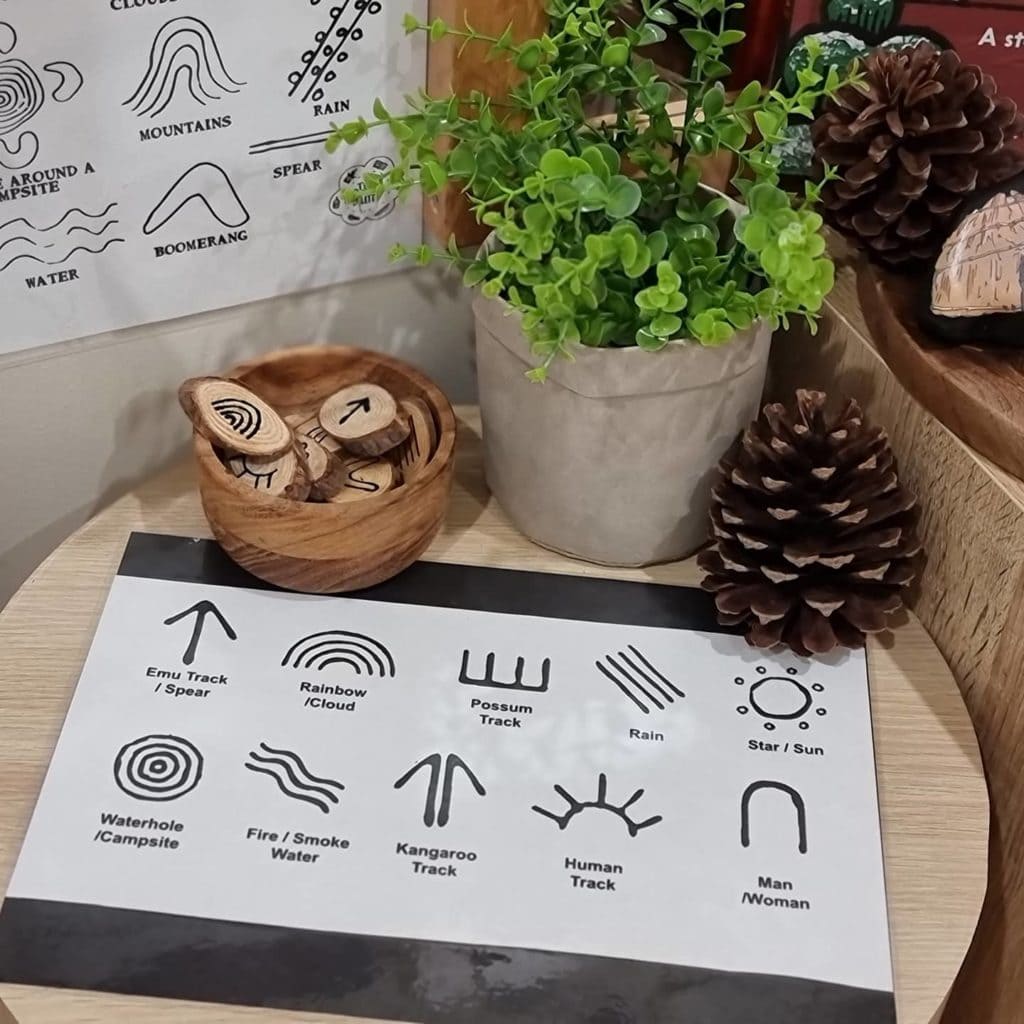
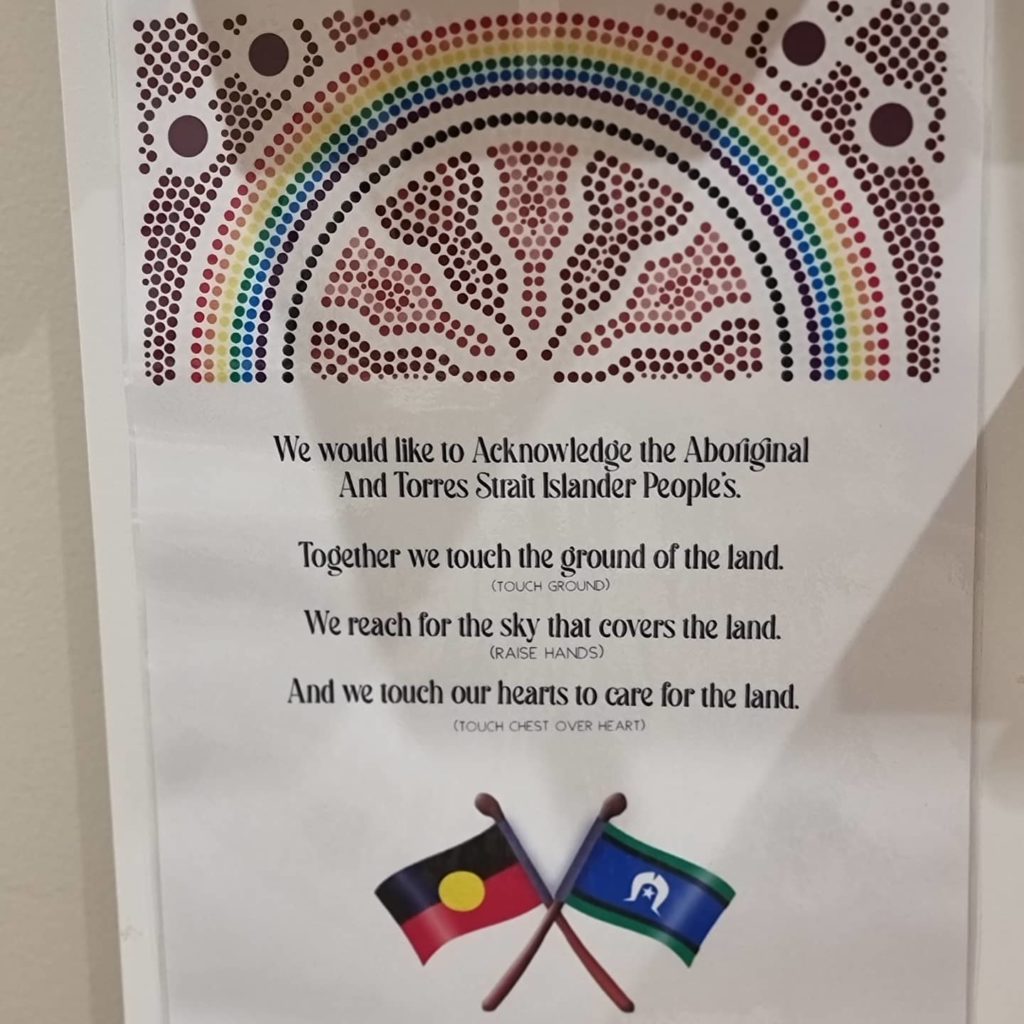
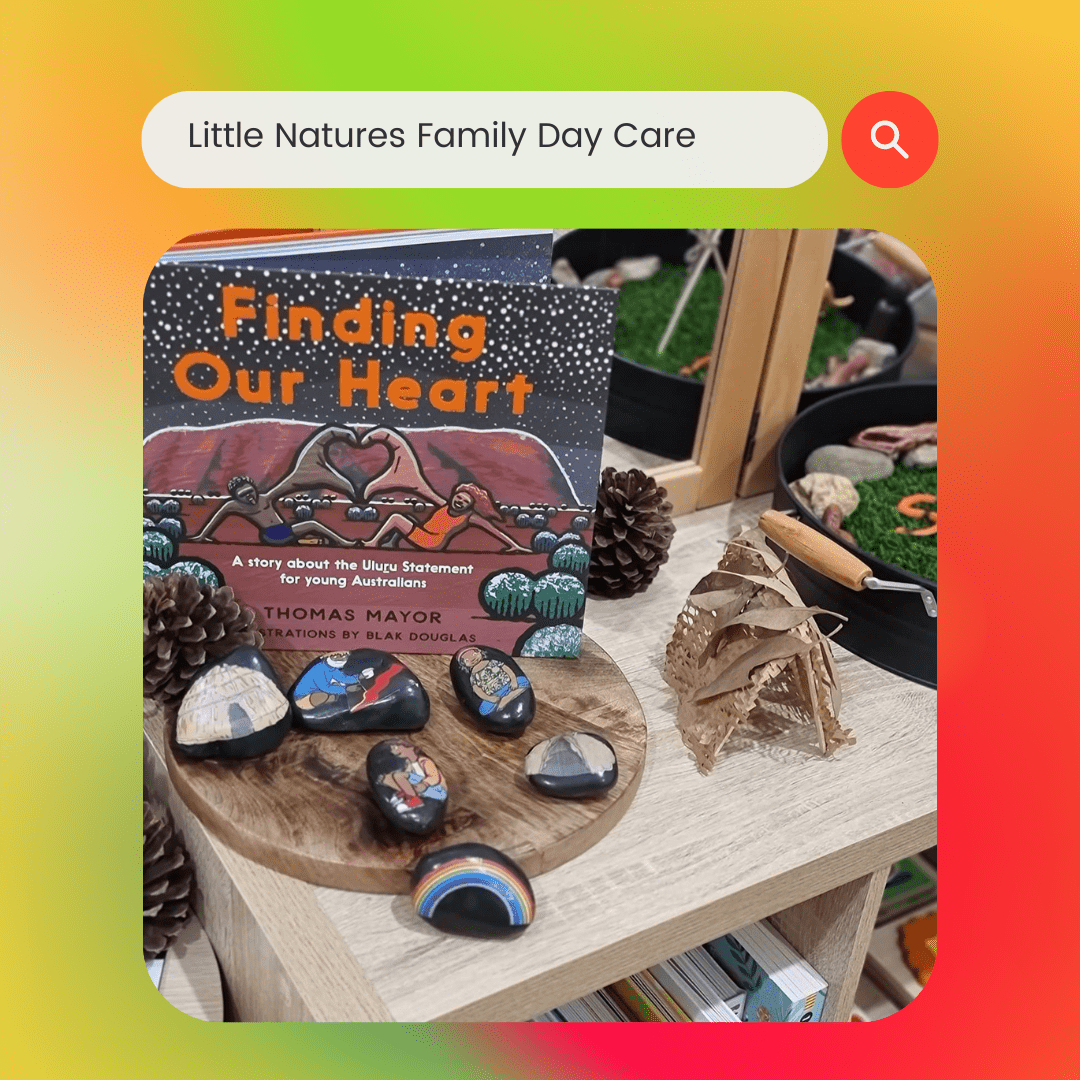
Faatasi shared some of the artwork happening in her center - these are some Australian animals the children made from the book Kootear the Echidna.
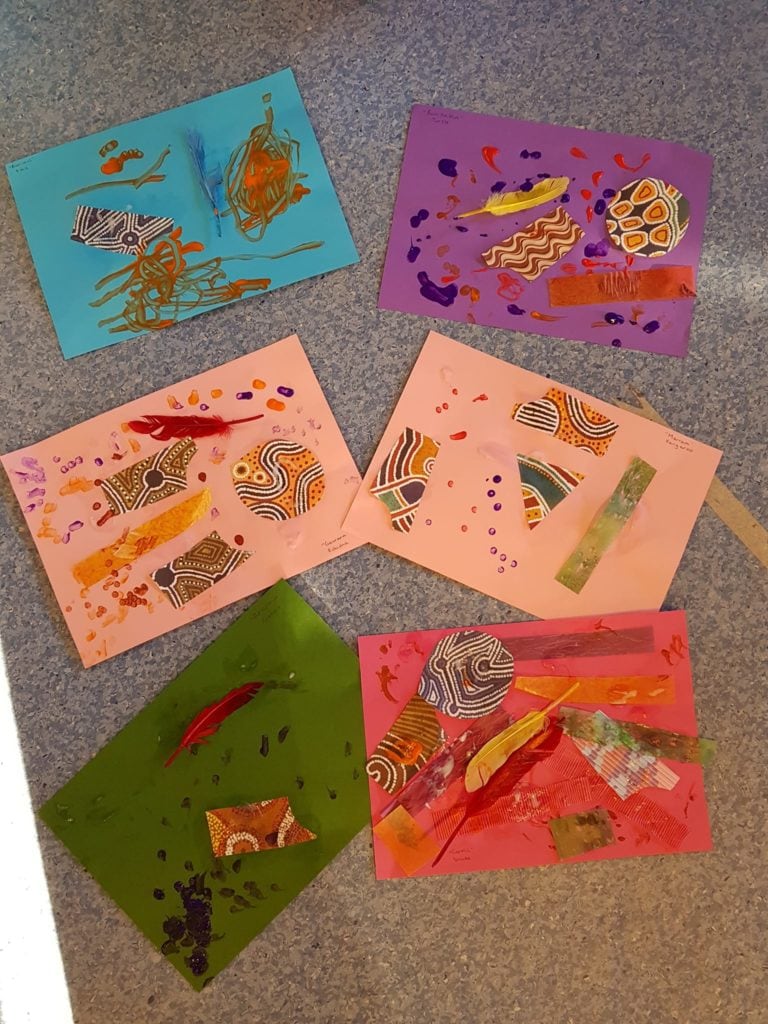
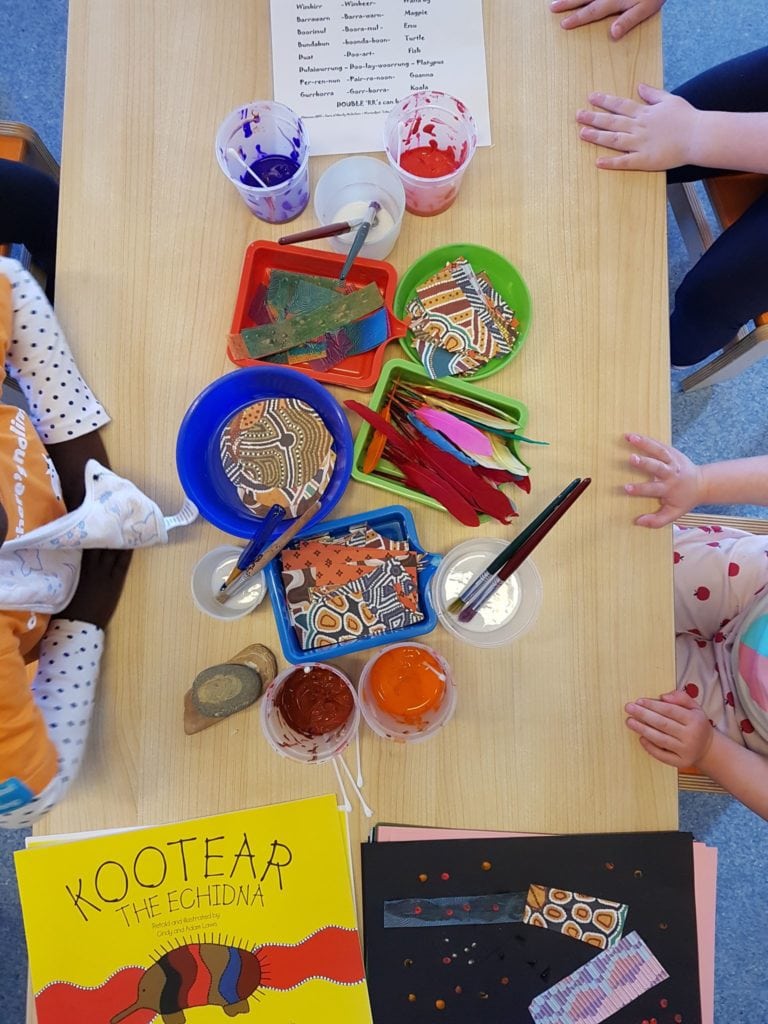
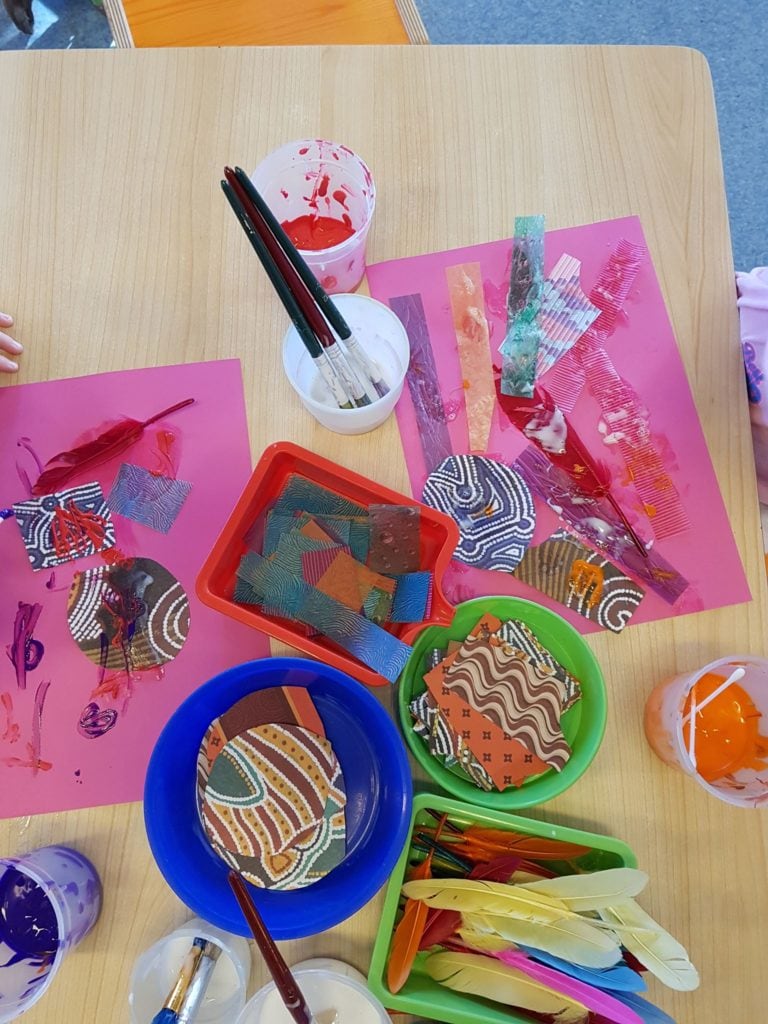
Rytham Family DAY CARE shared their Reconciliation Week ideas:
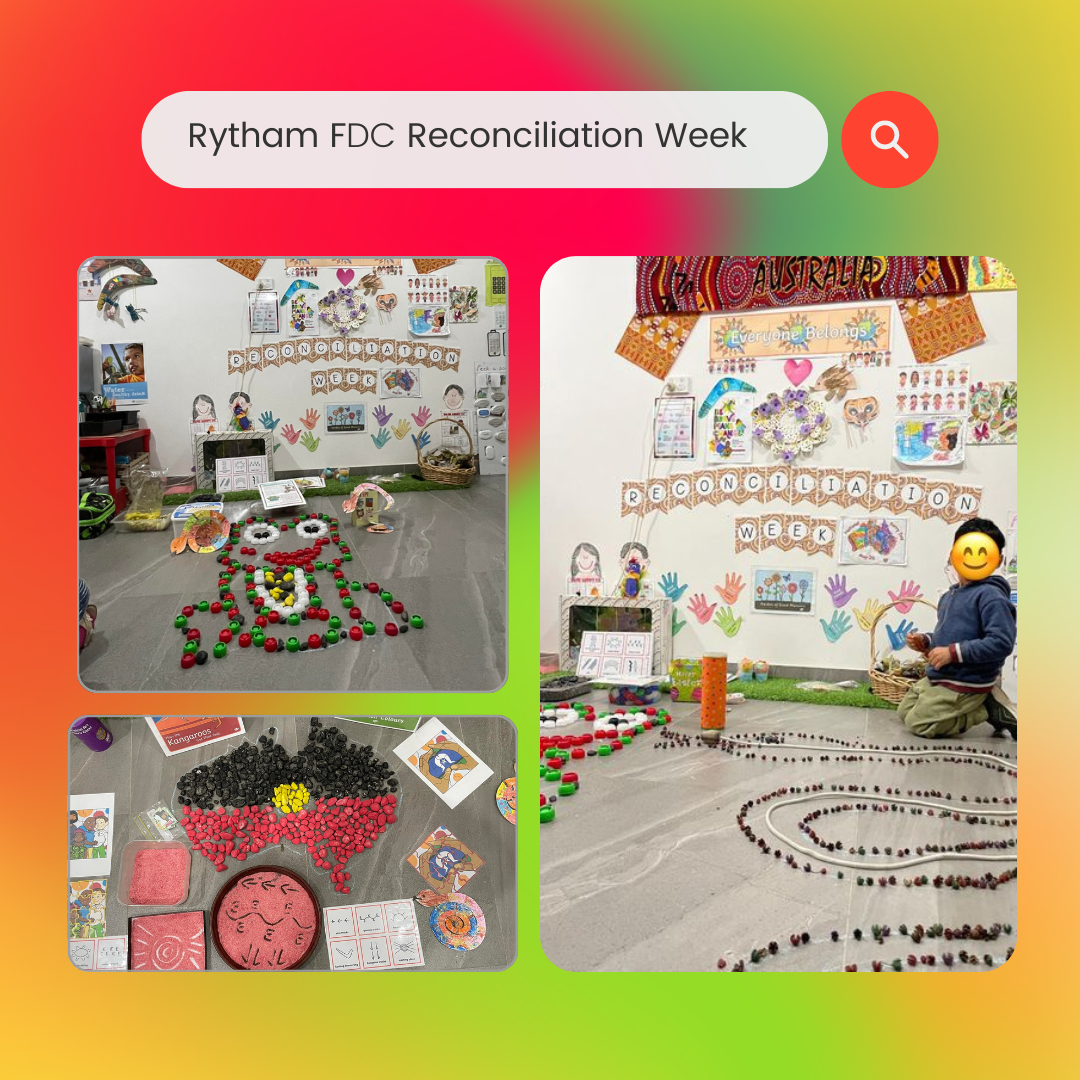
As Educators and teachers we should all understand the importance of Embedding Aboriginal and Torres Strait Islander perspectives through program and practice, and while this should be part of our daily programming and planning, these special days provide additional opportunities for educators to make it a priority to contact, connect and engage with their local Indigenous community.
Recommended Reading, Resources & Research

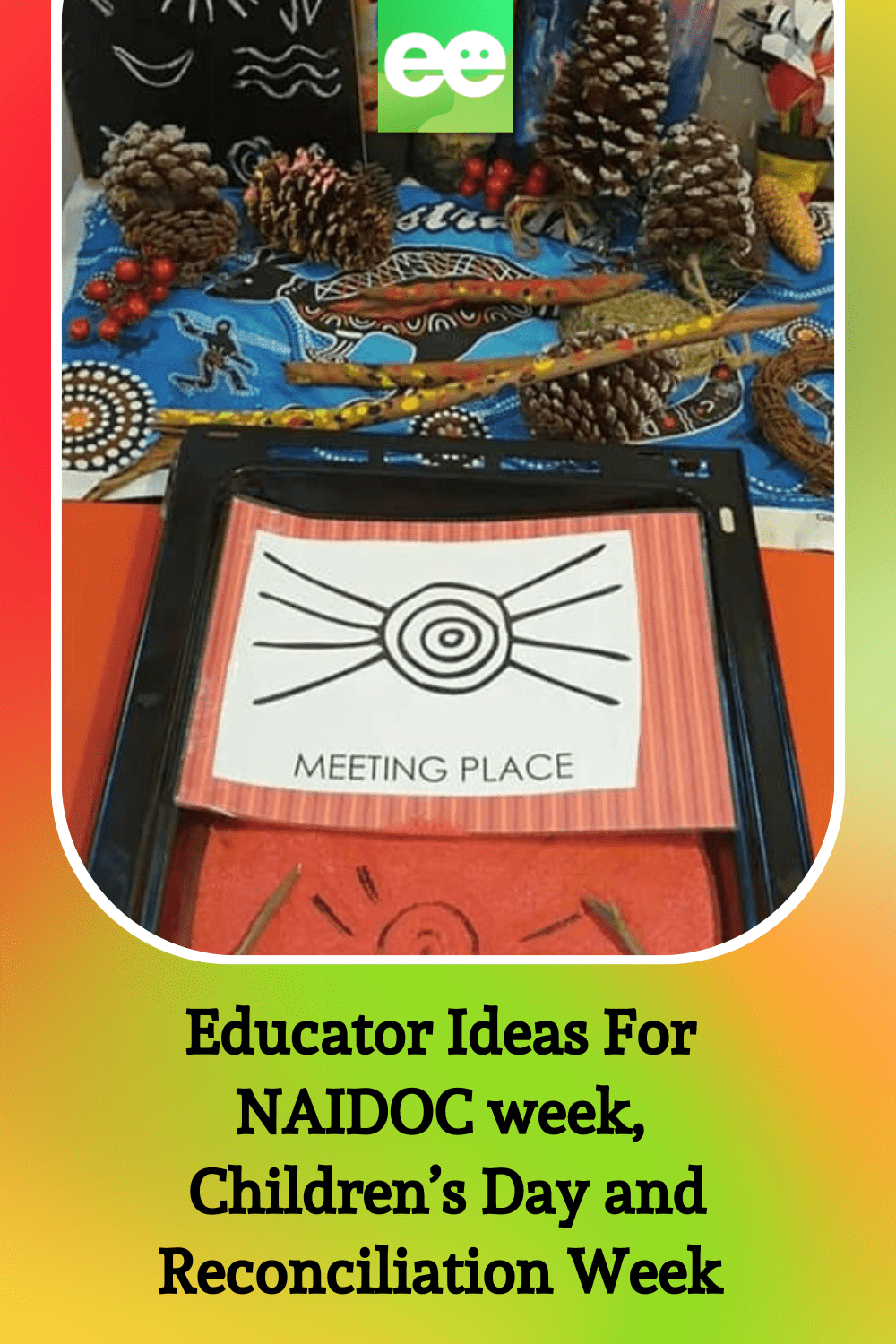
A Little About Me
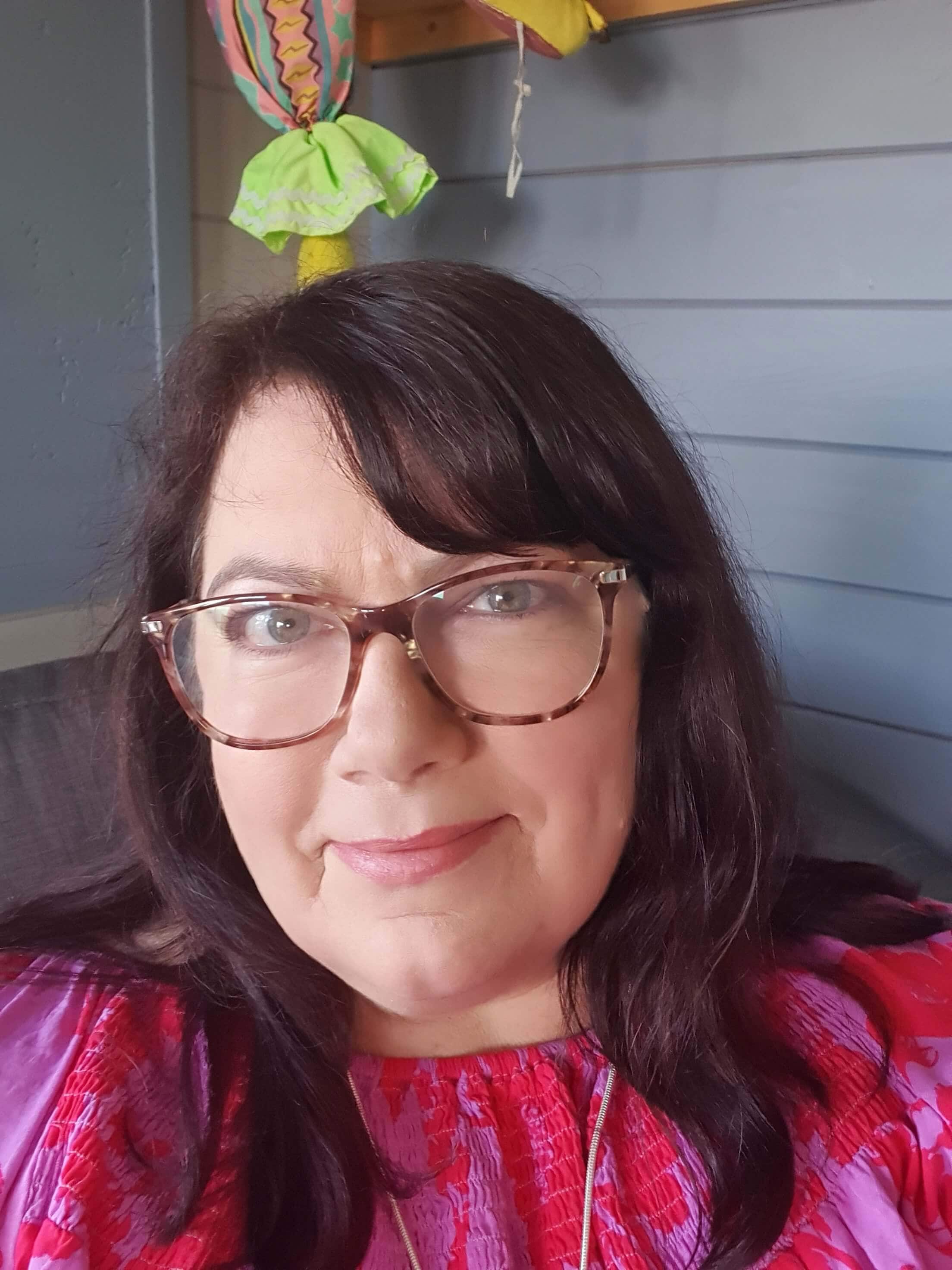
Jodie Clarke is an early childhood professional supporting educators who want and need to stay passionate about the work they do! She has 30 years hands-on experience in the early childhood and human services sectors across many different roles.
Jodie is mum to 3 in Australia and has already helped thousands of educators with their work through her popular blog posts, activity ideas, online training and e-books.
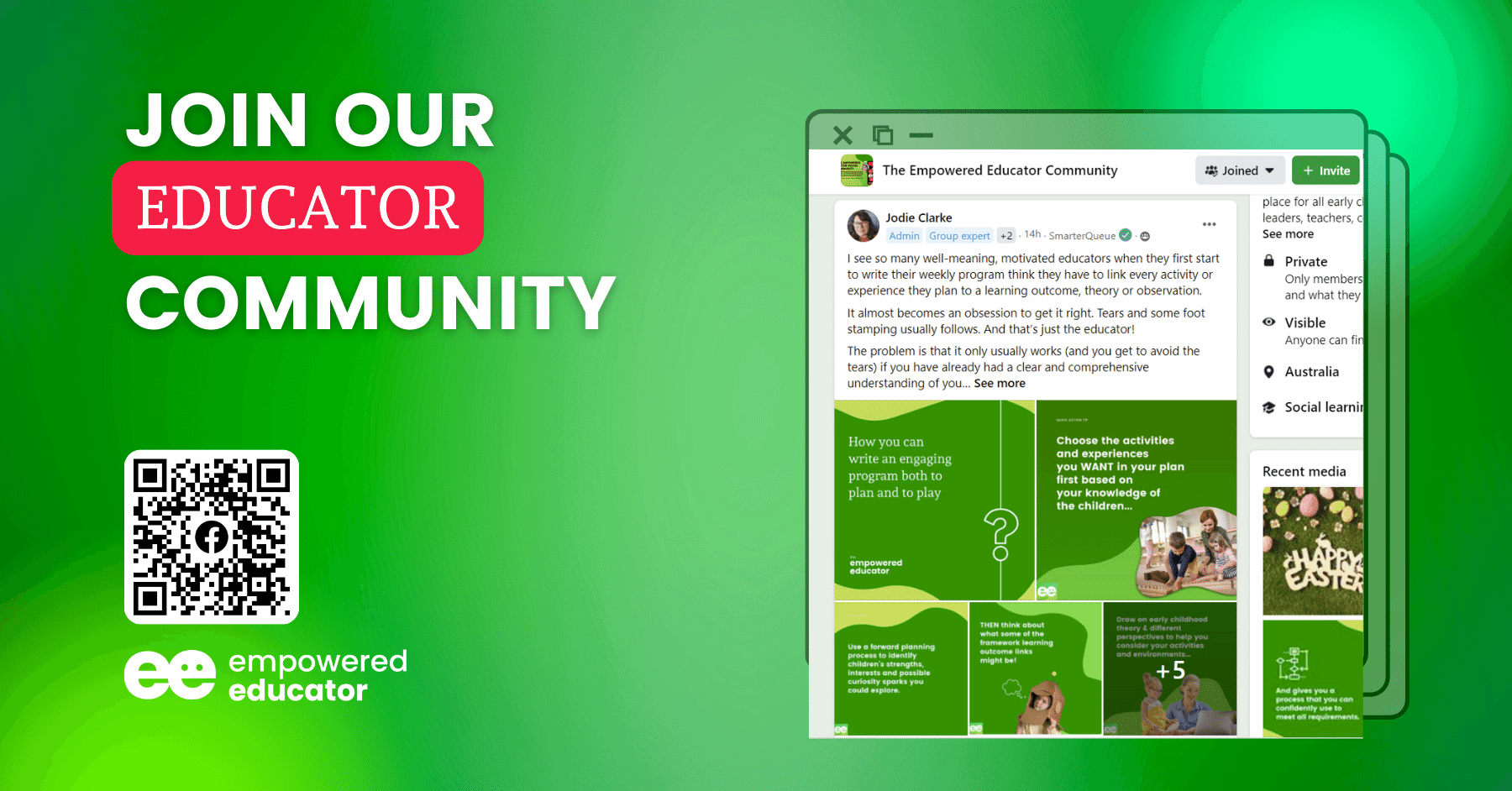
I would love to learn how to incorporate more indigenous spaces throughout the year, but don’t know where to start. I found this blog very informative and has inspired me to do some research.
Thankyou Jodie
So glad you felt inspired after reading the blog Carol, that’s fantastic to hear! It can be hard to know where to start that’s why taking a few smaller steps first is always useful I think in terms of getting motivation and inspiration rolling 🙂